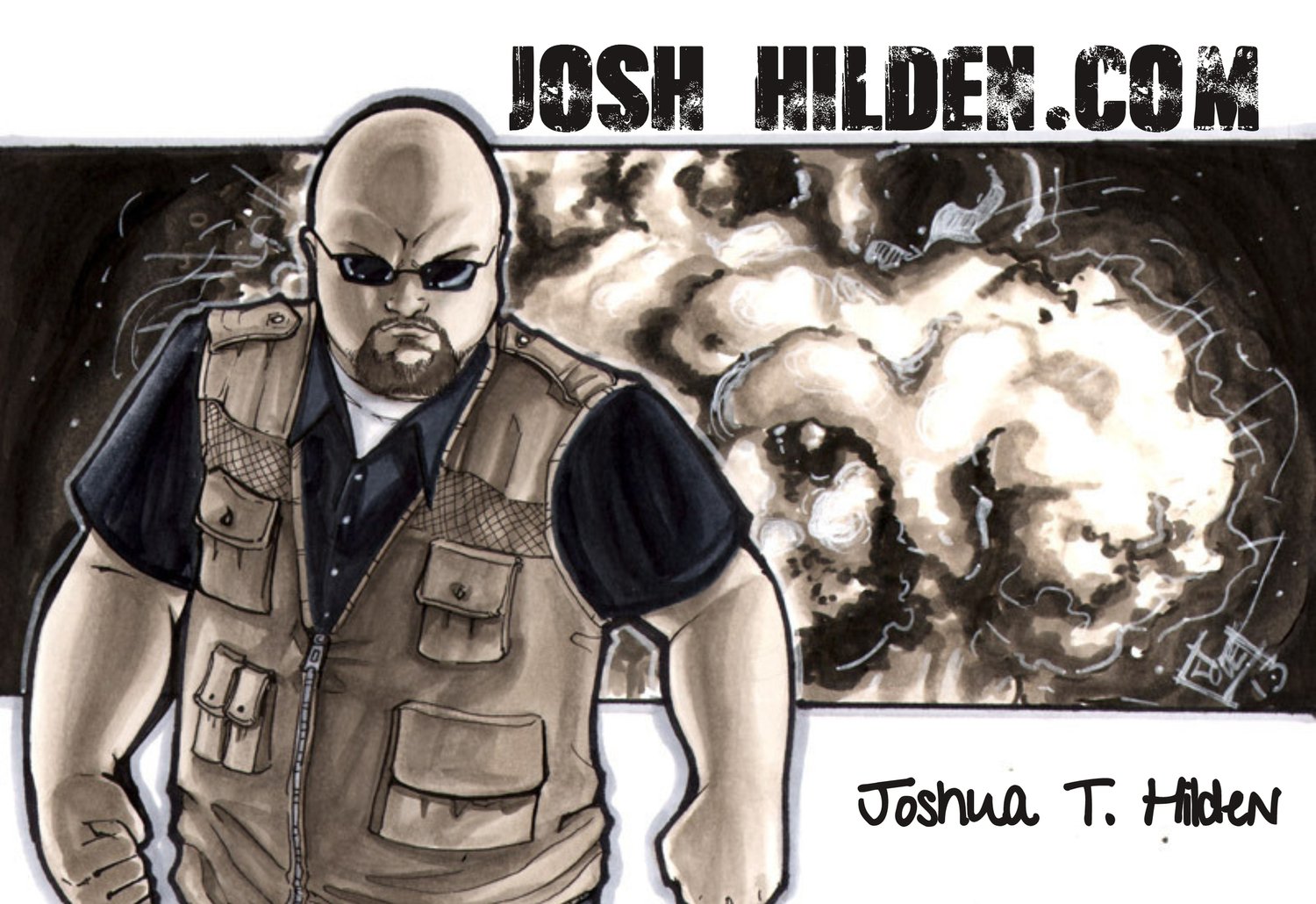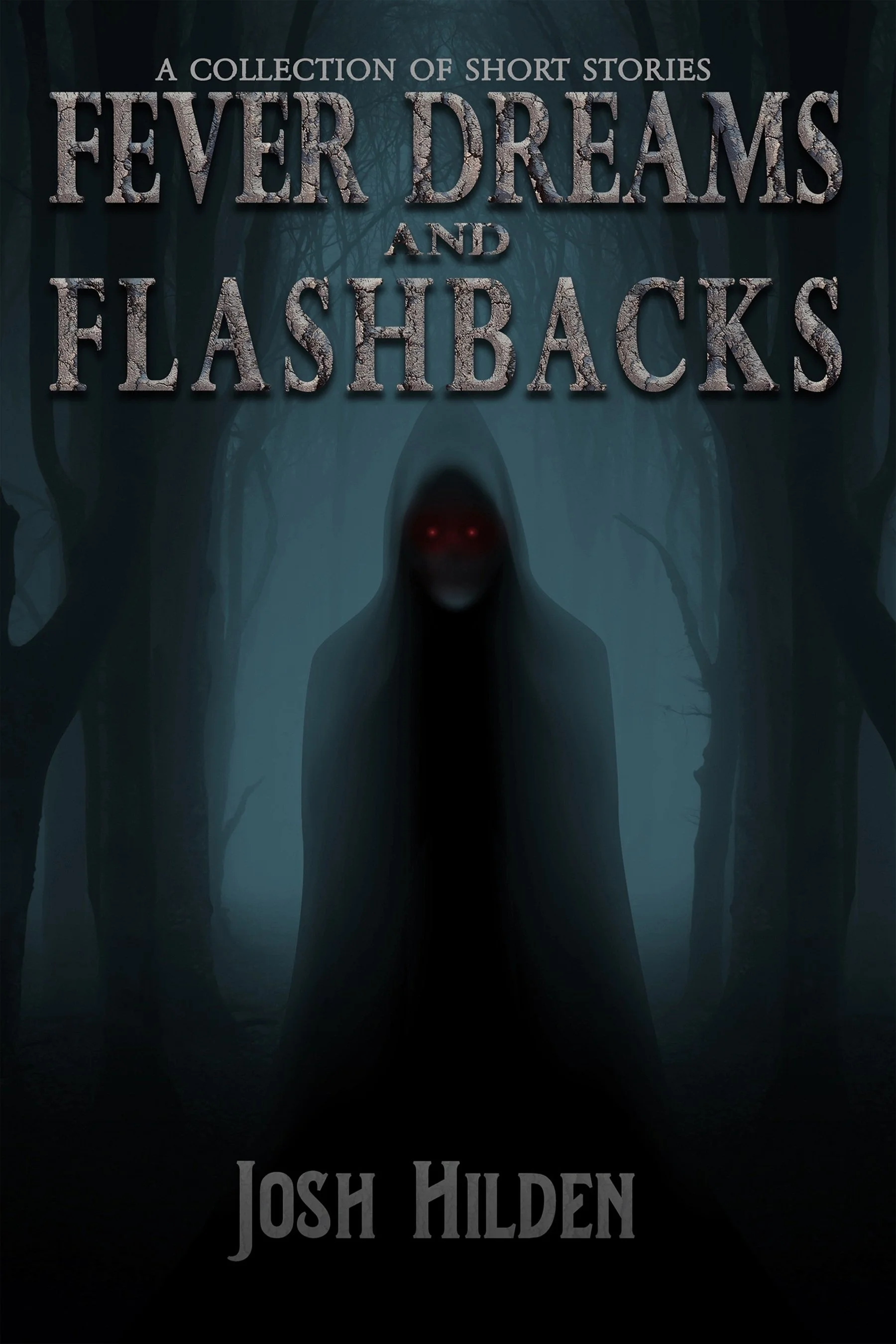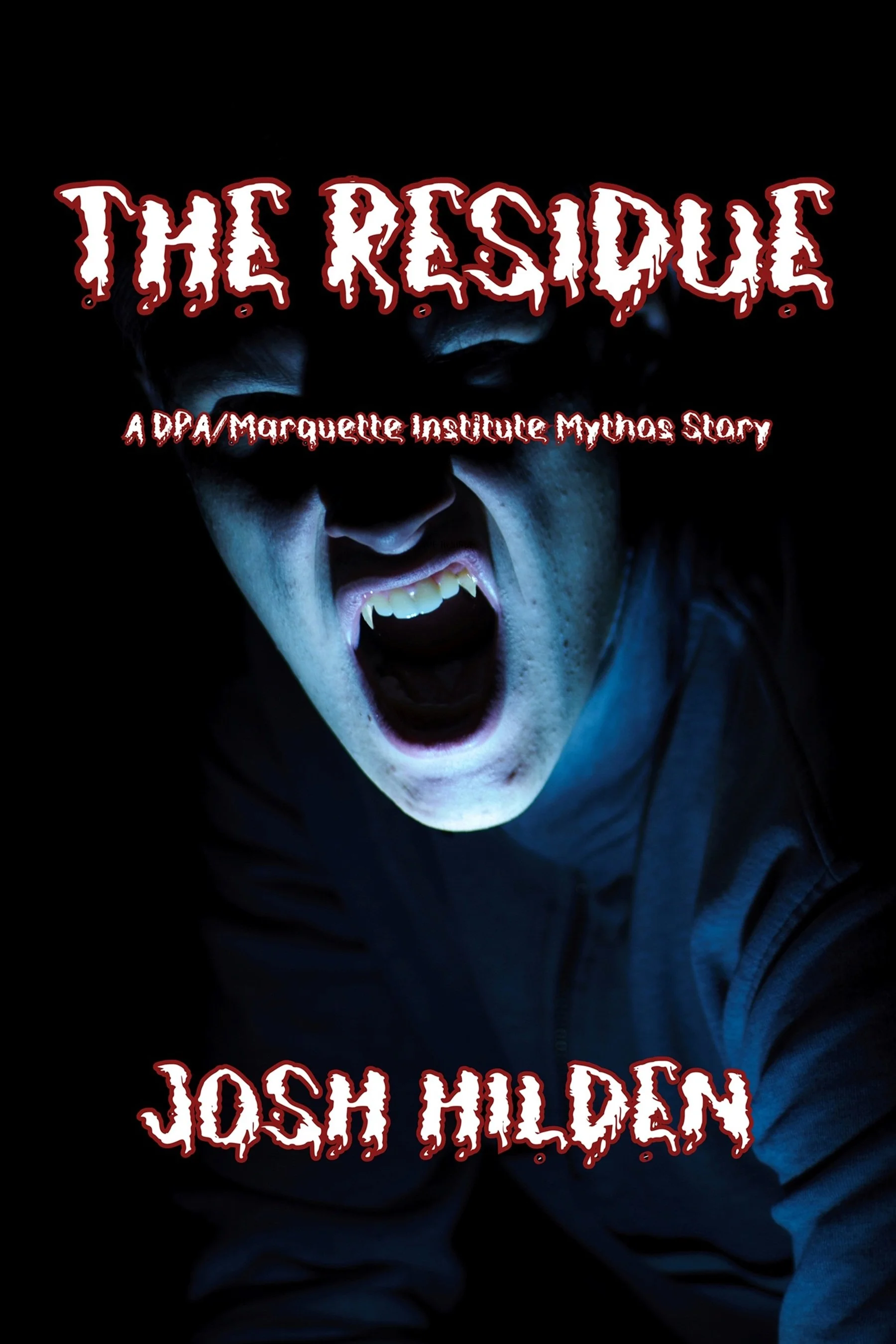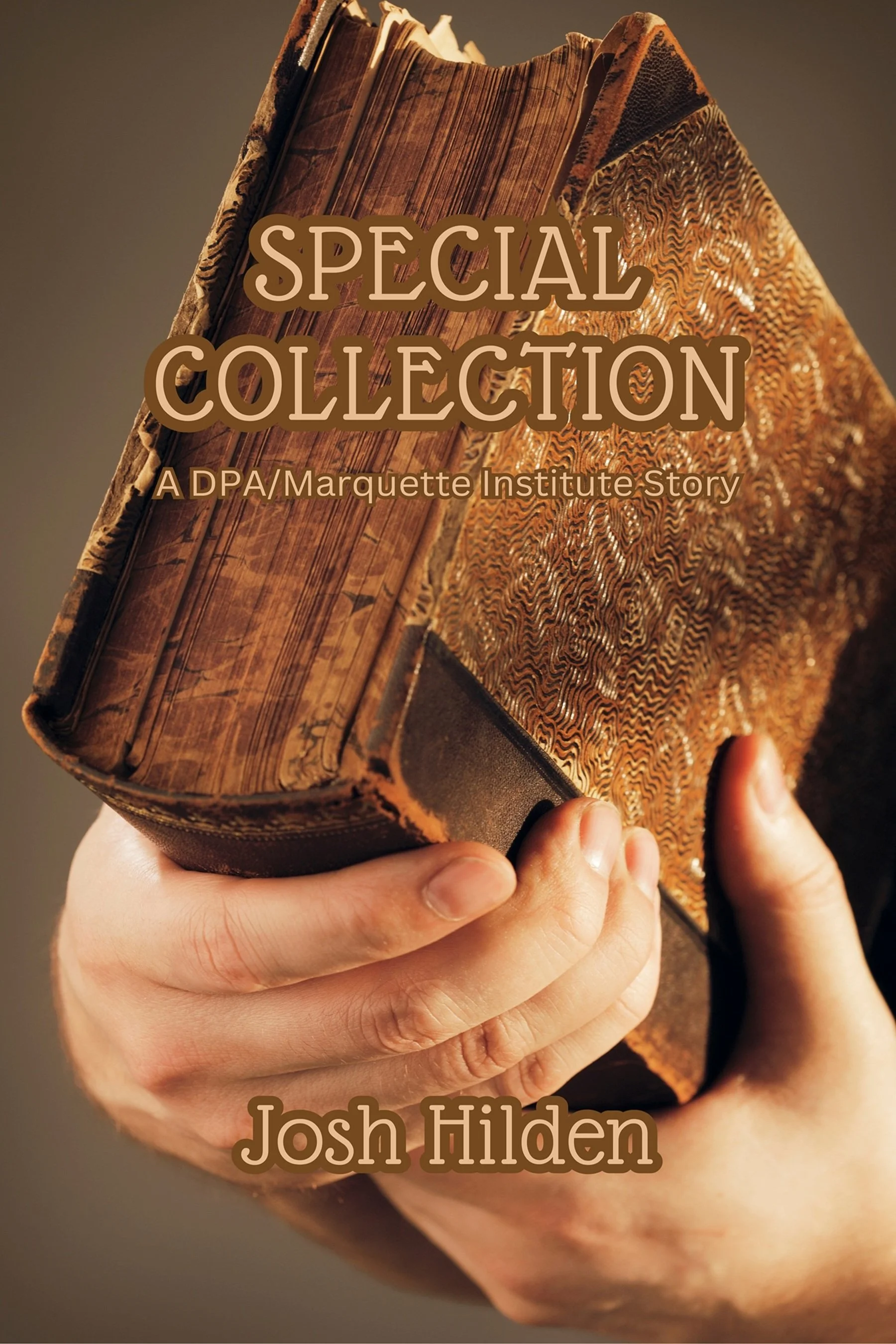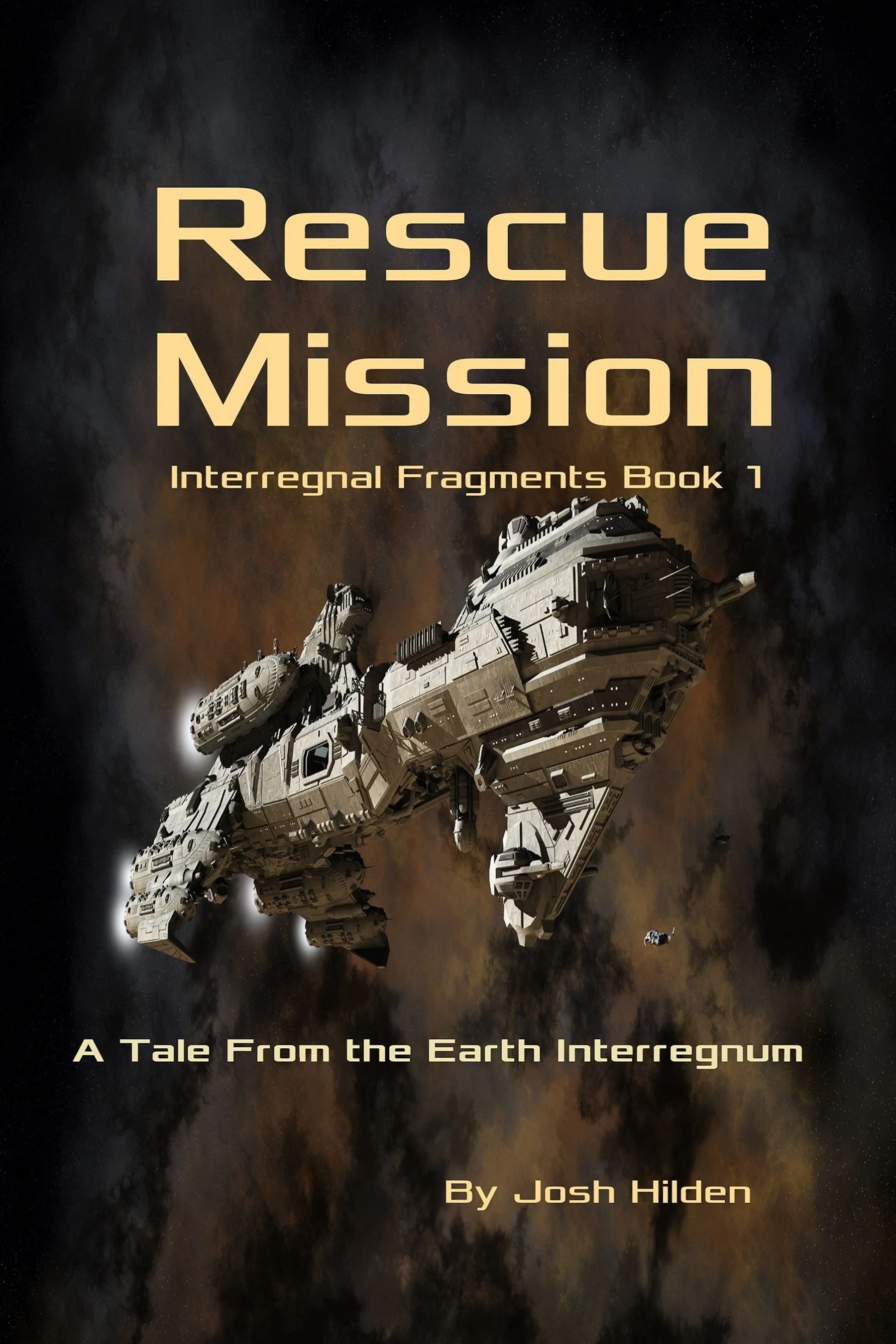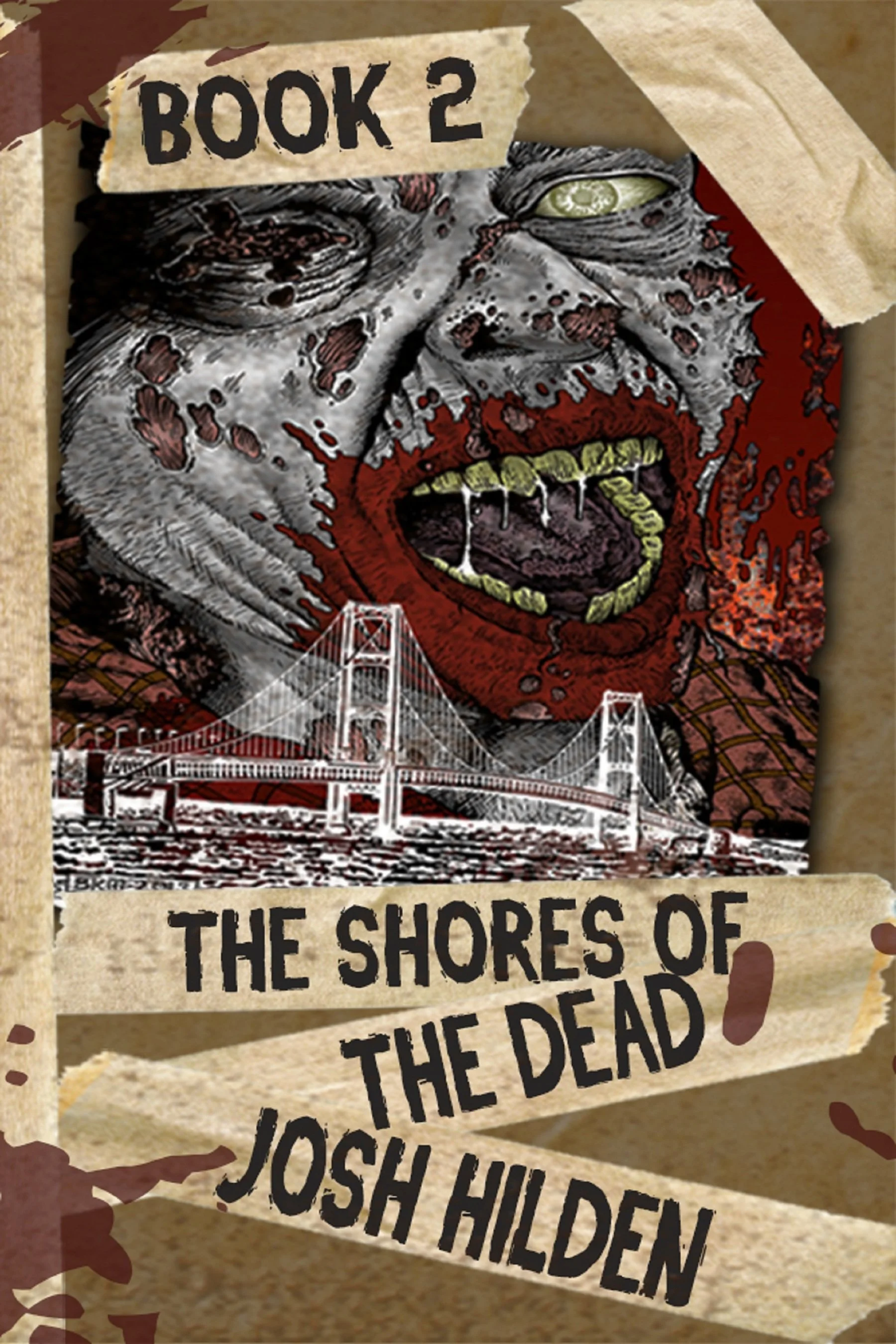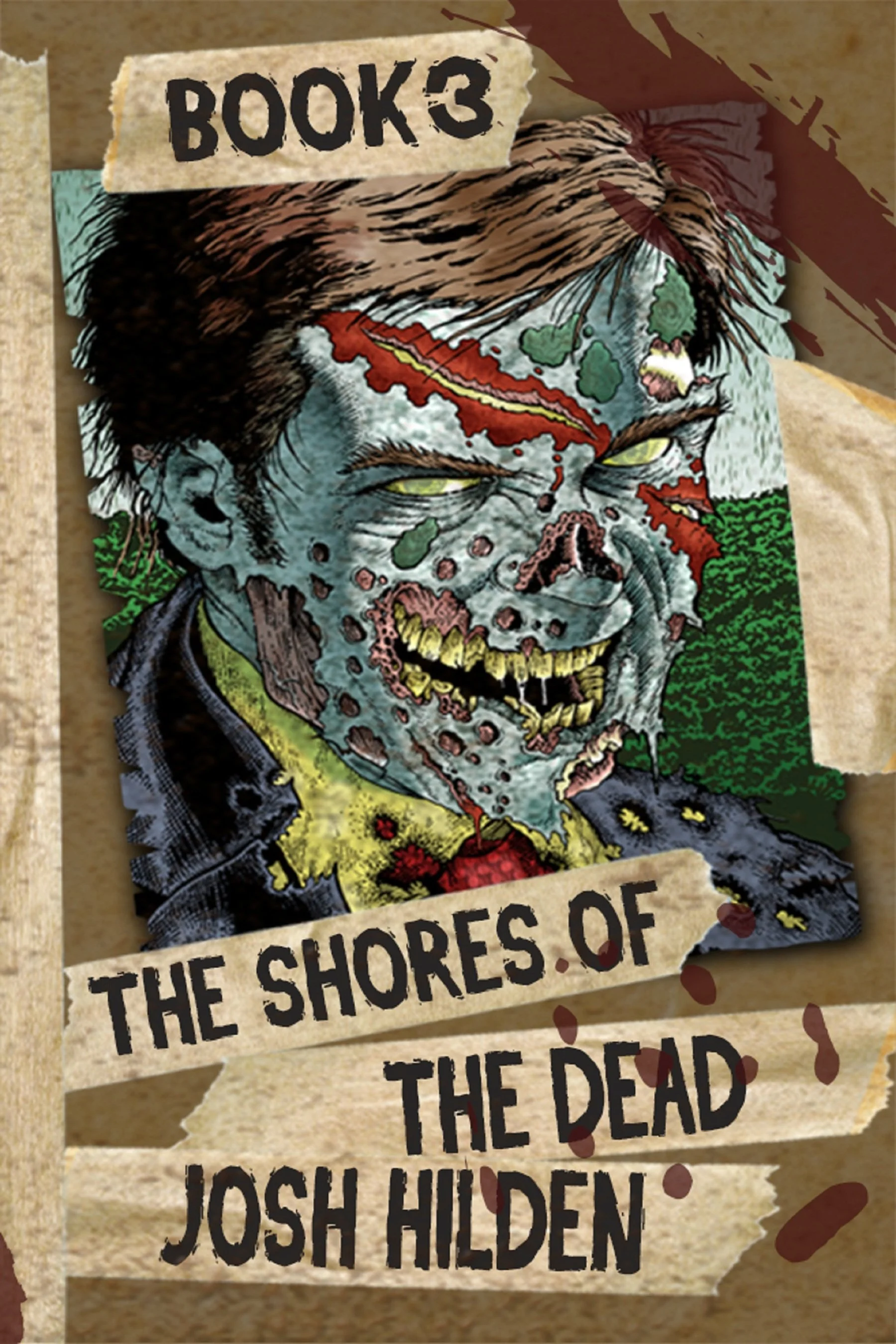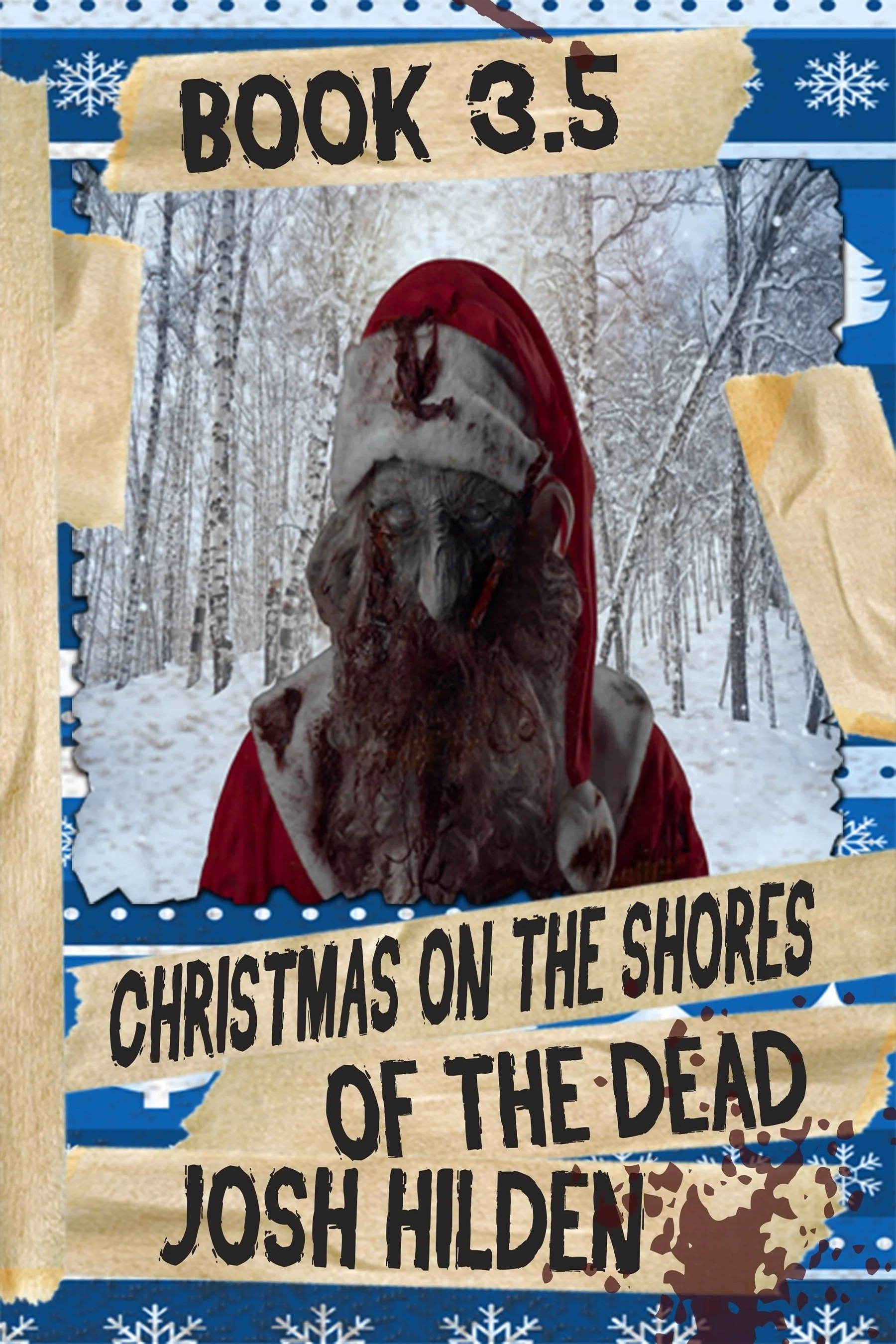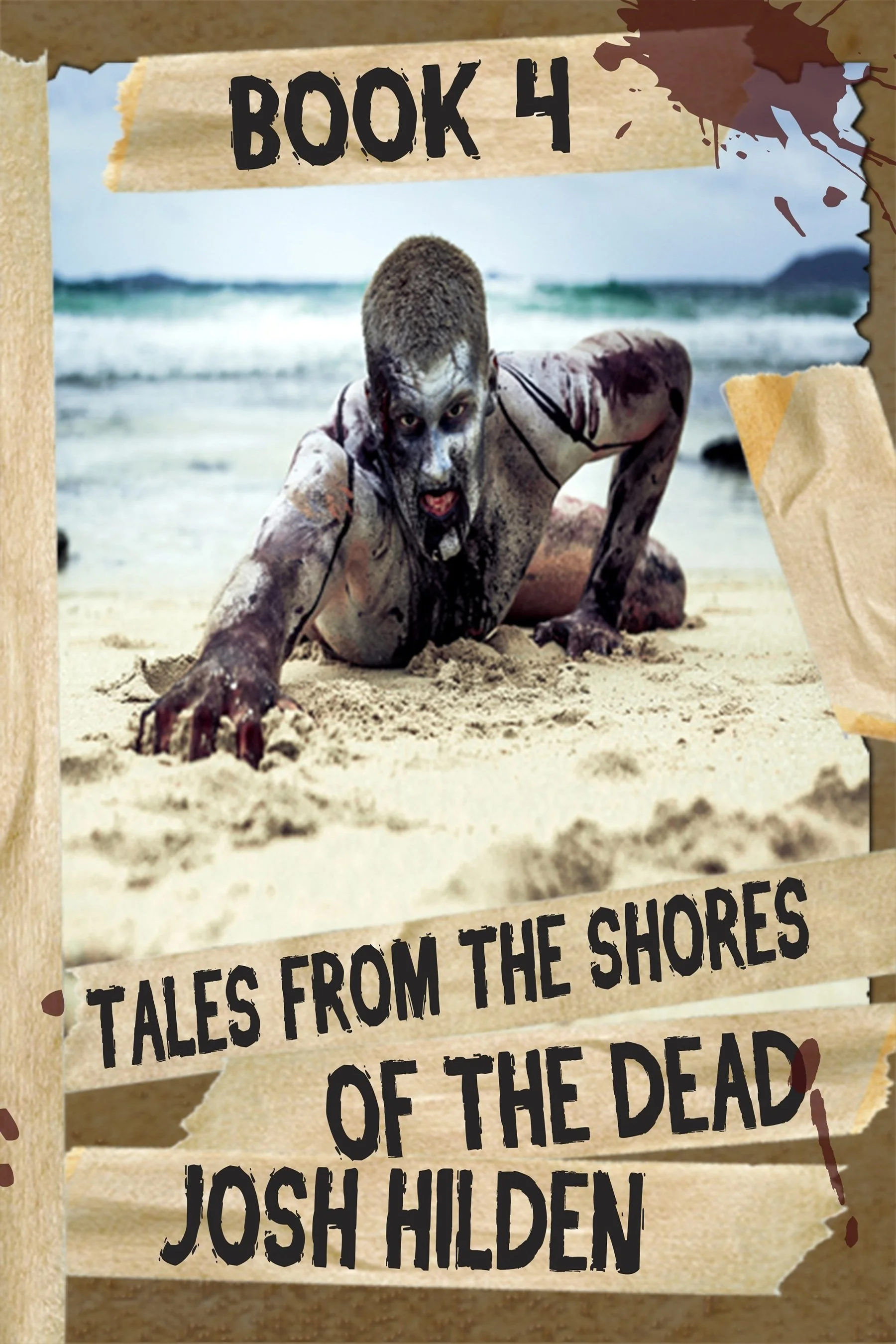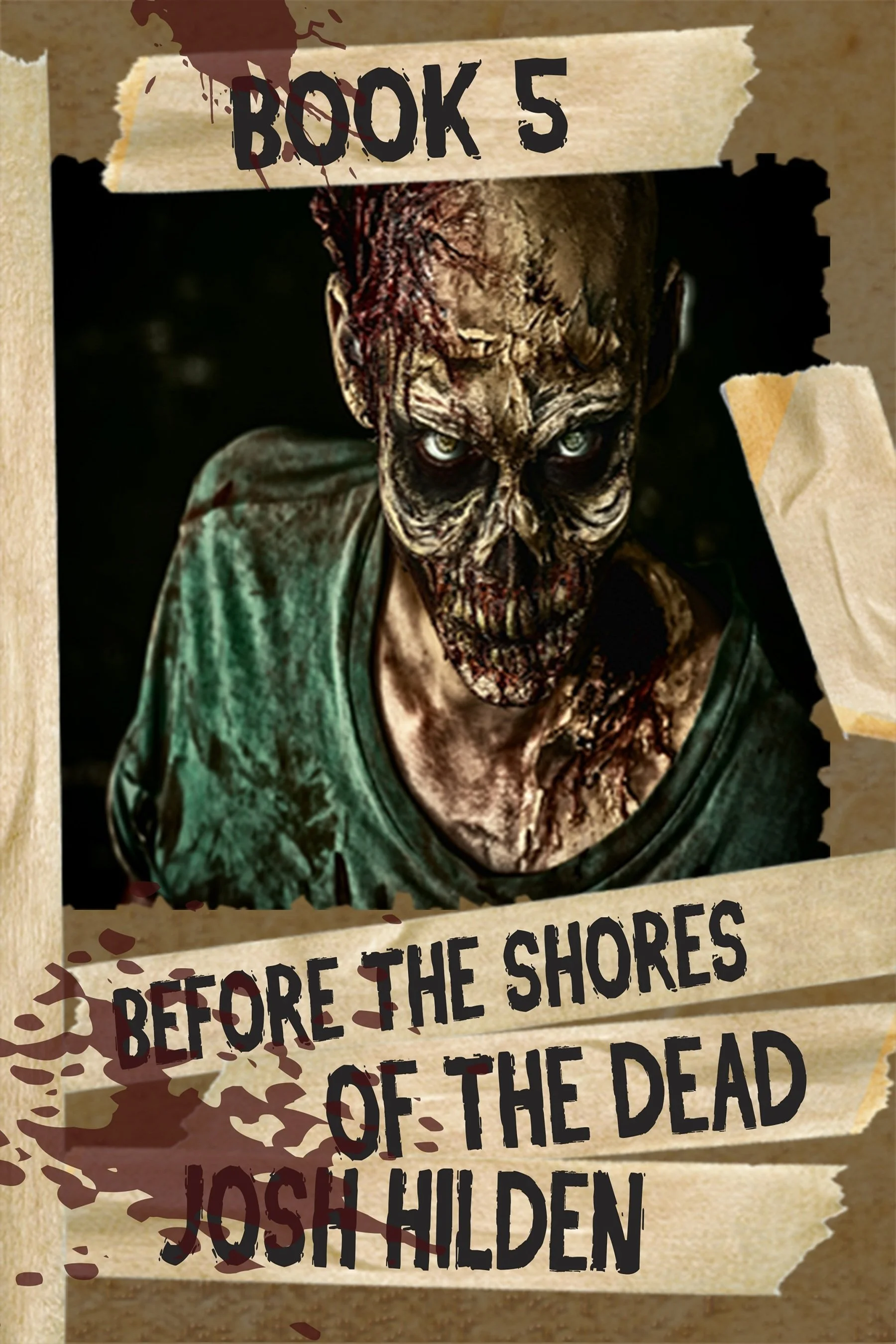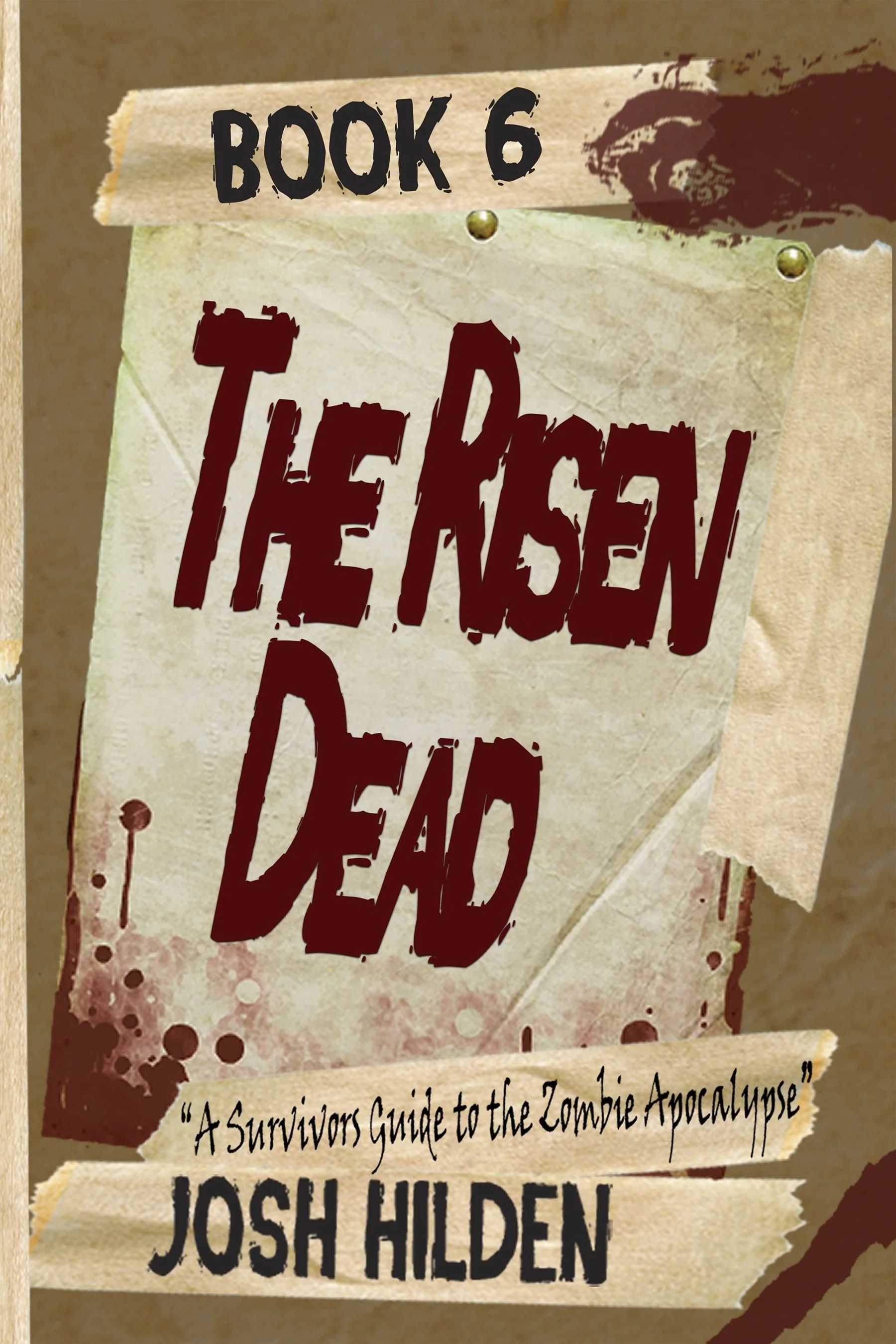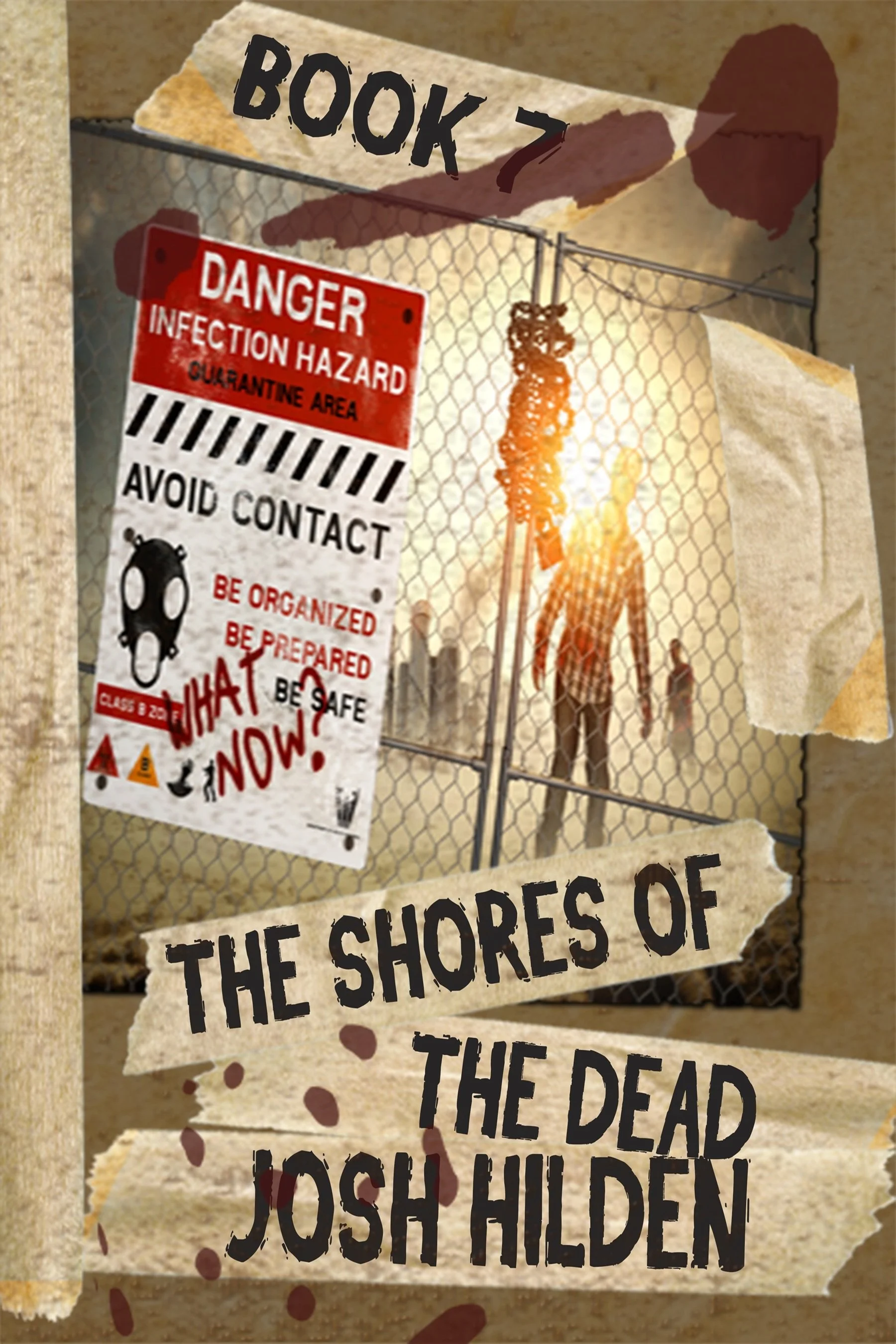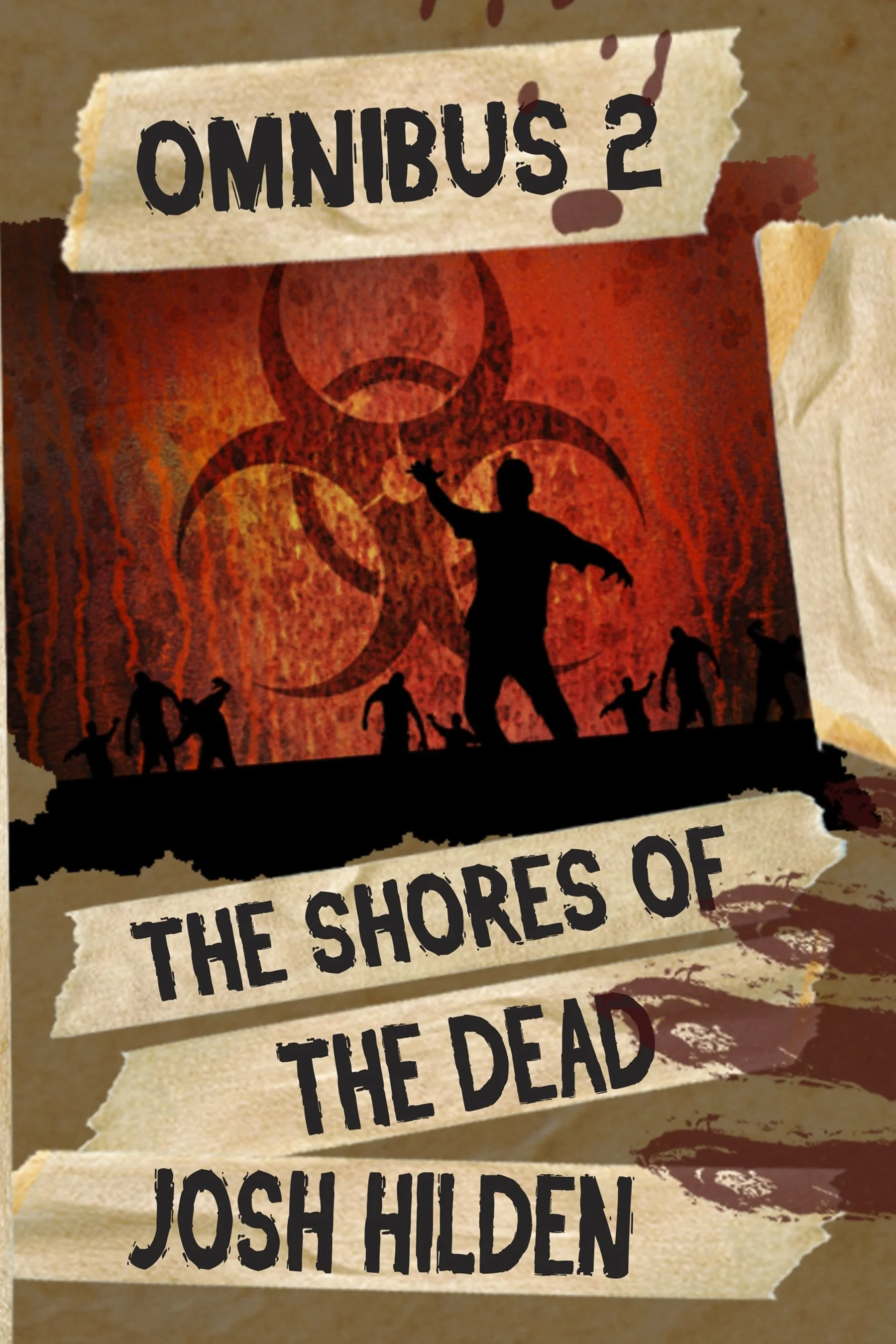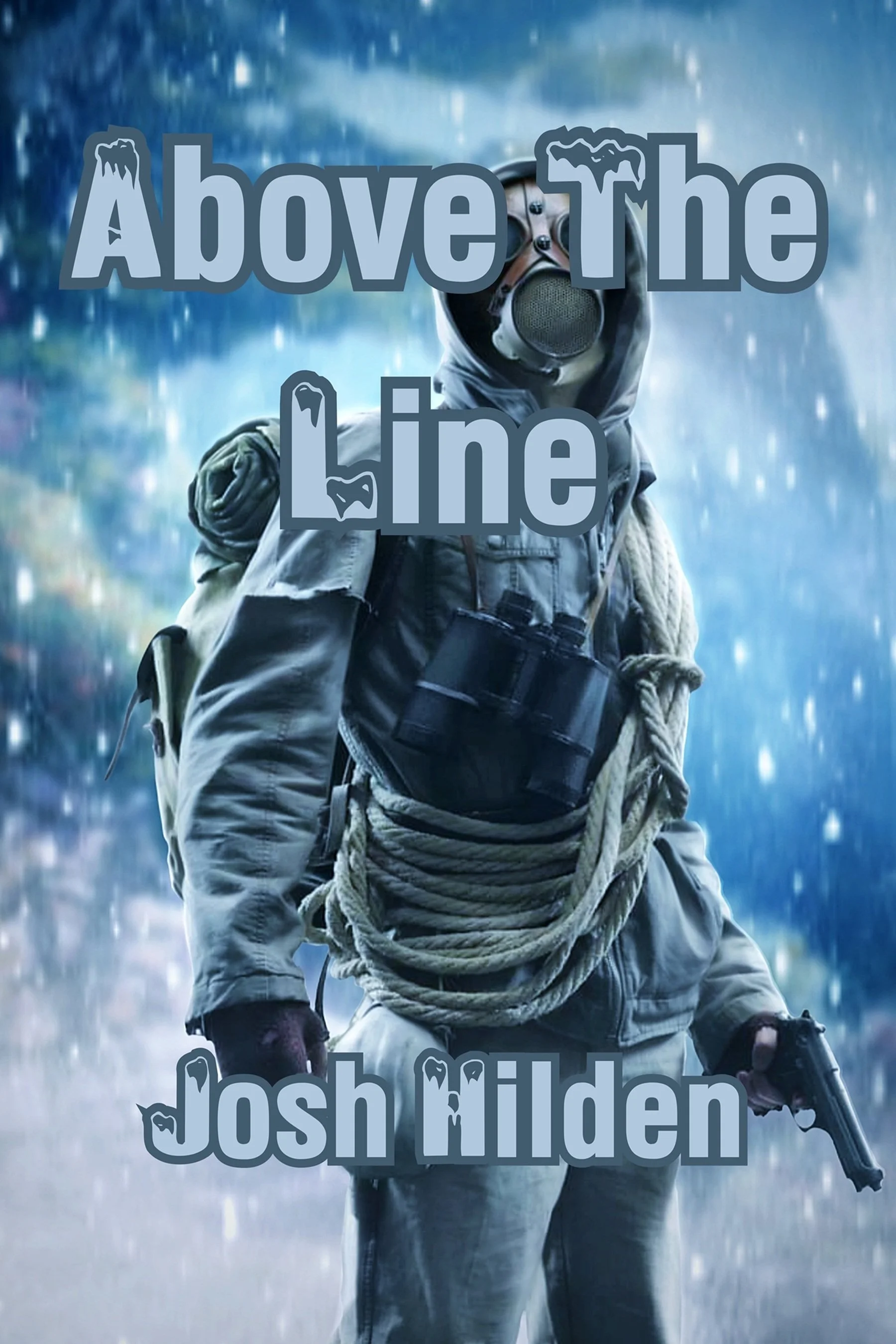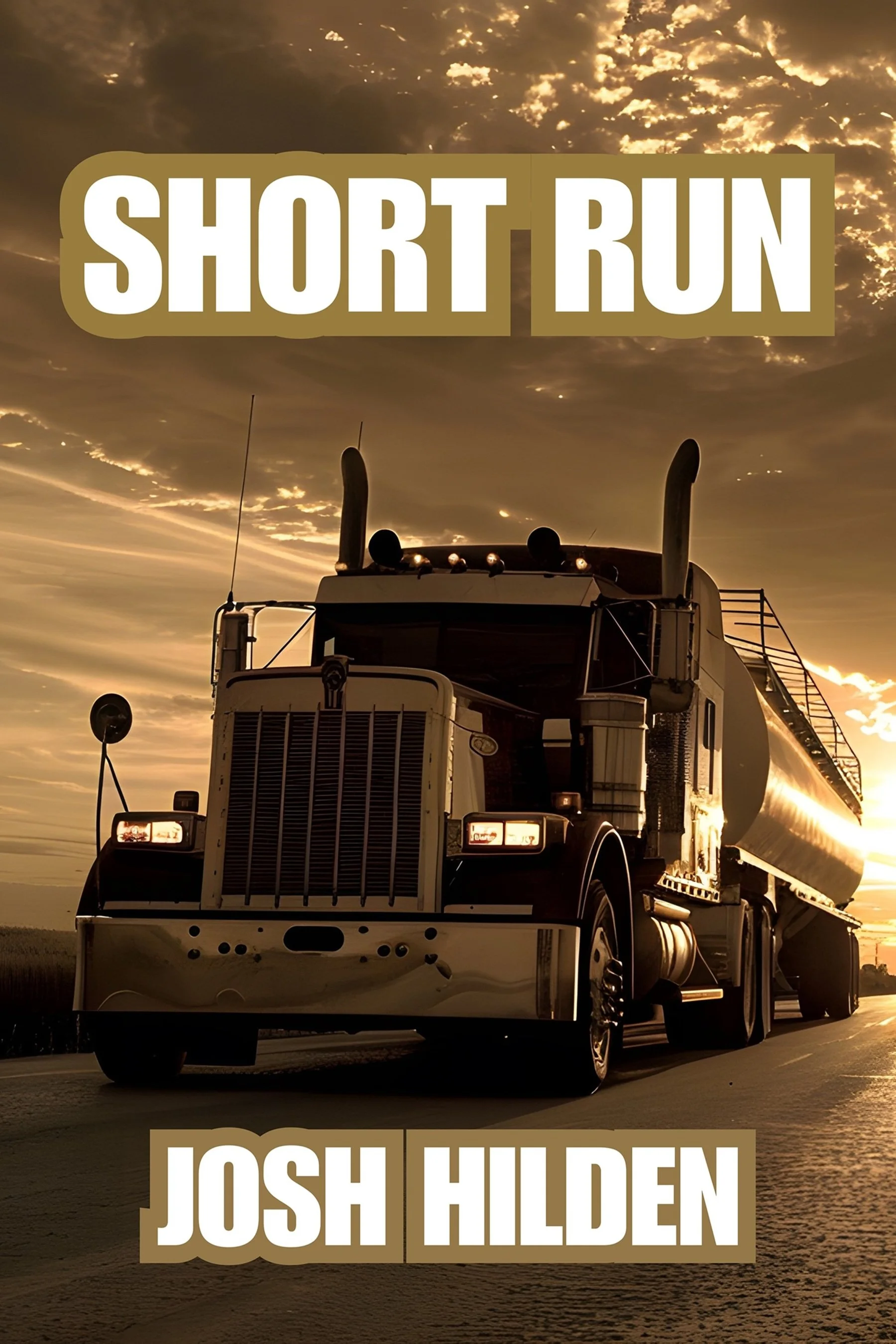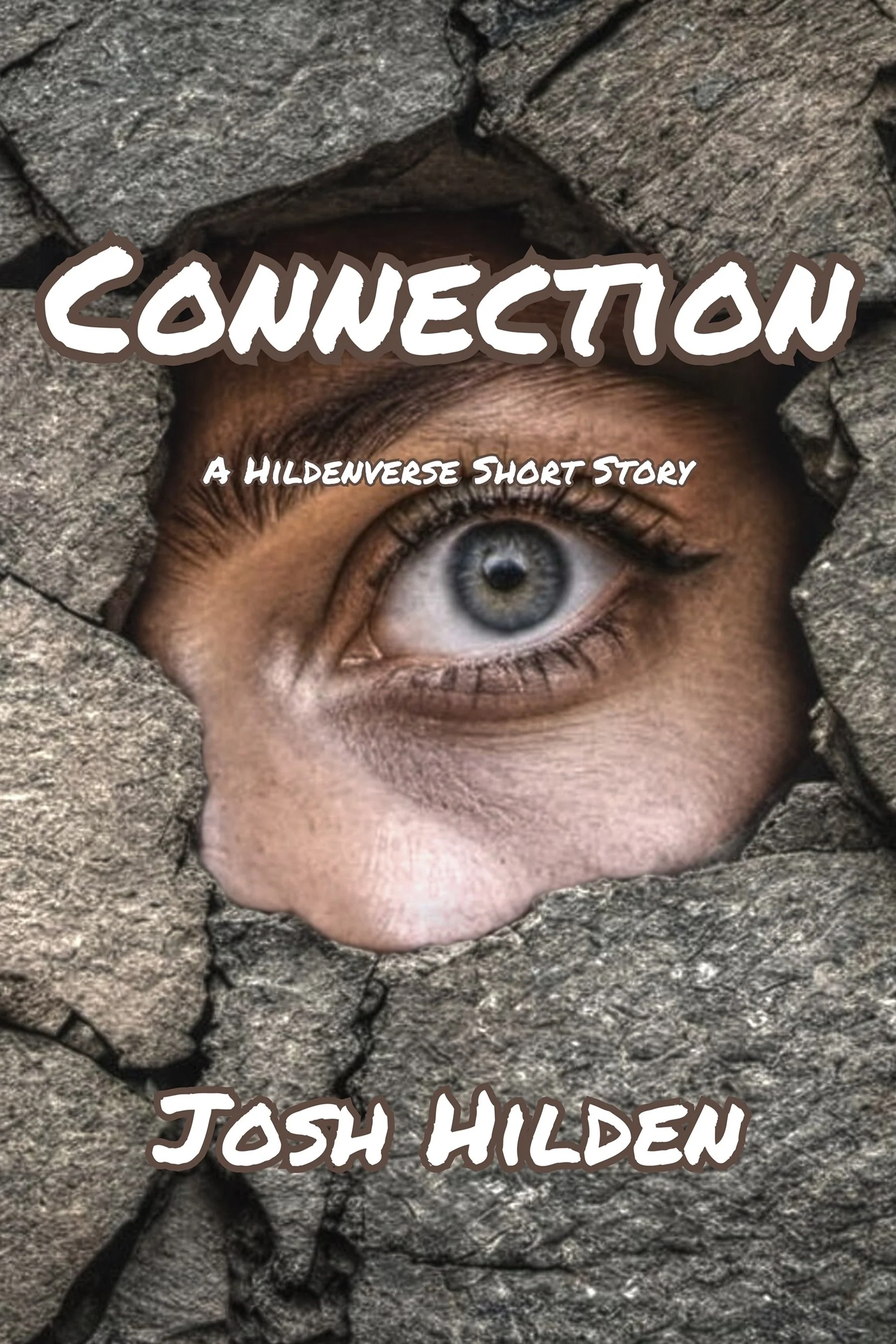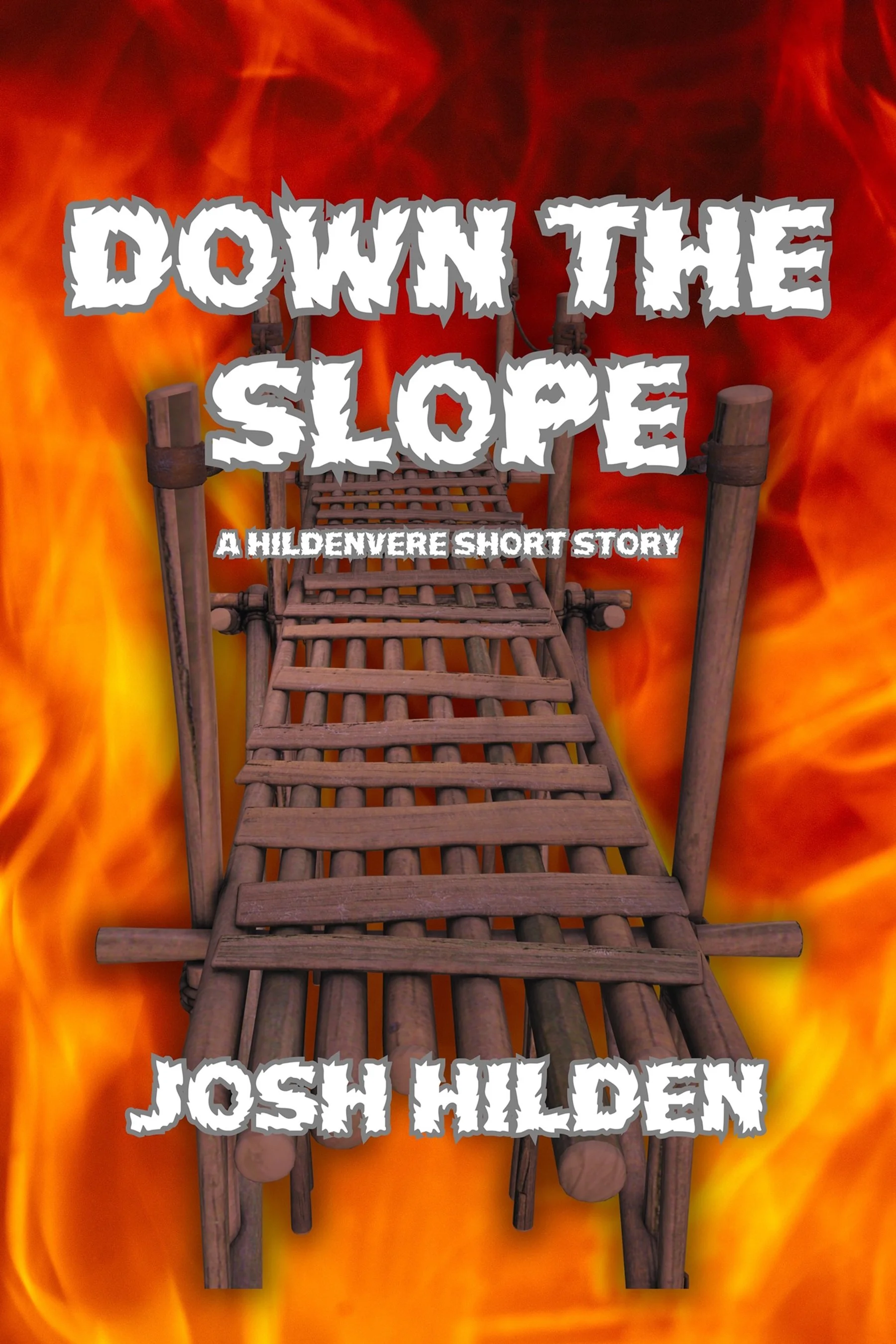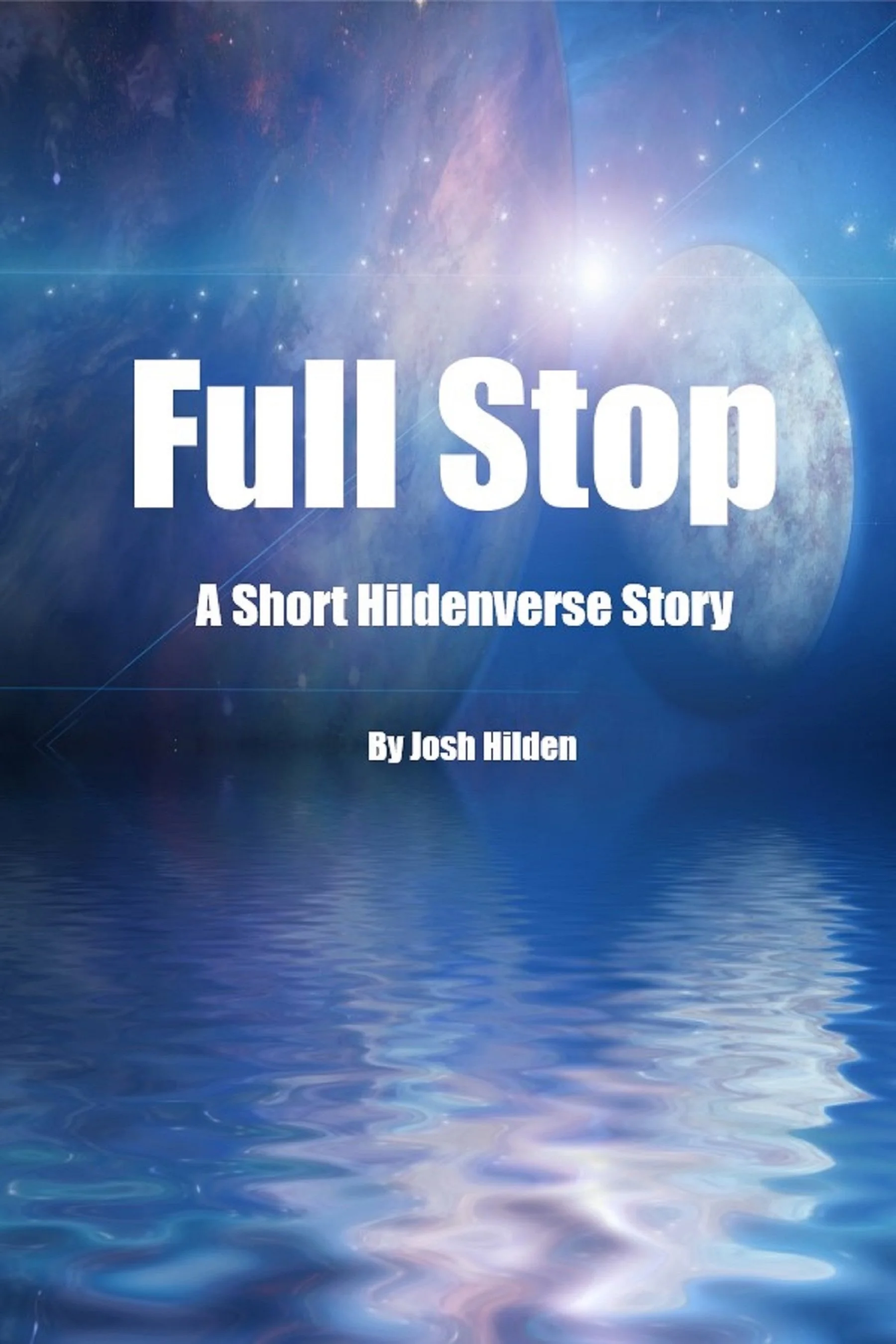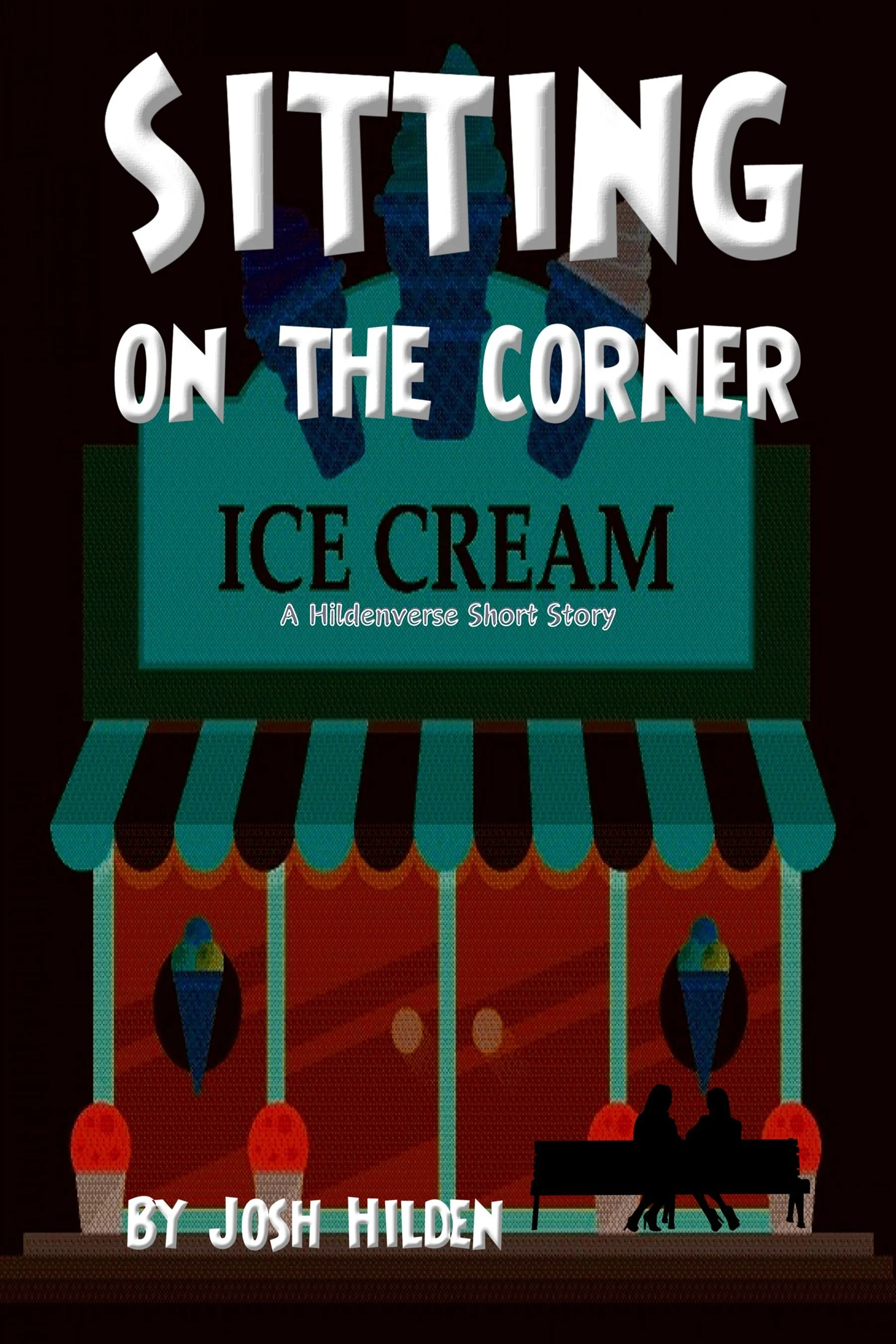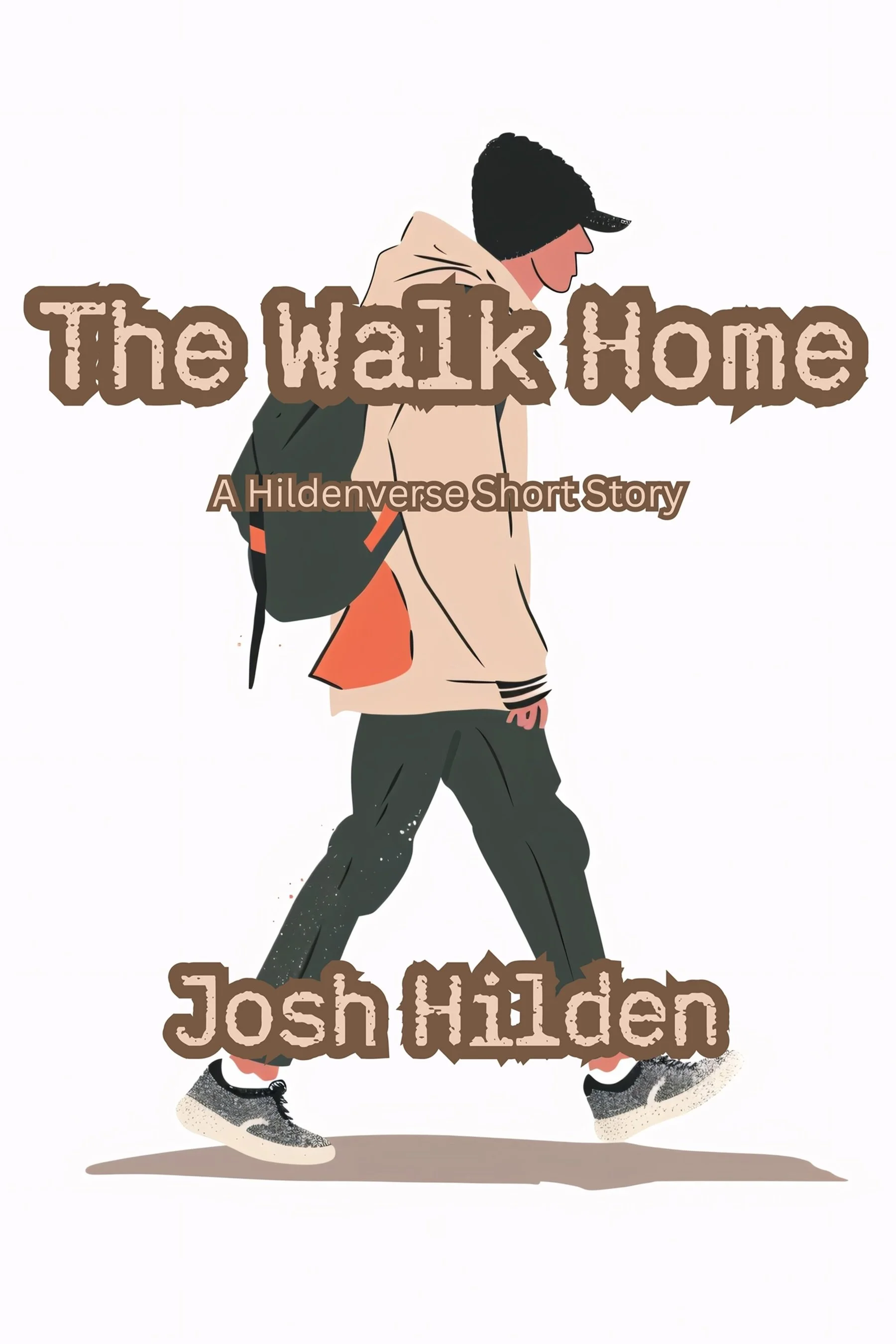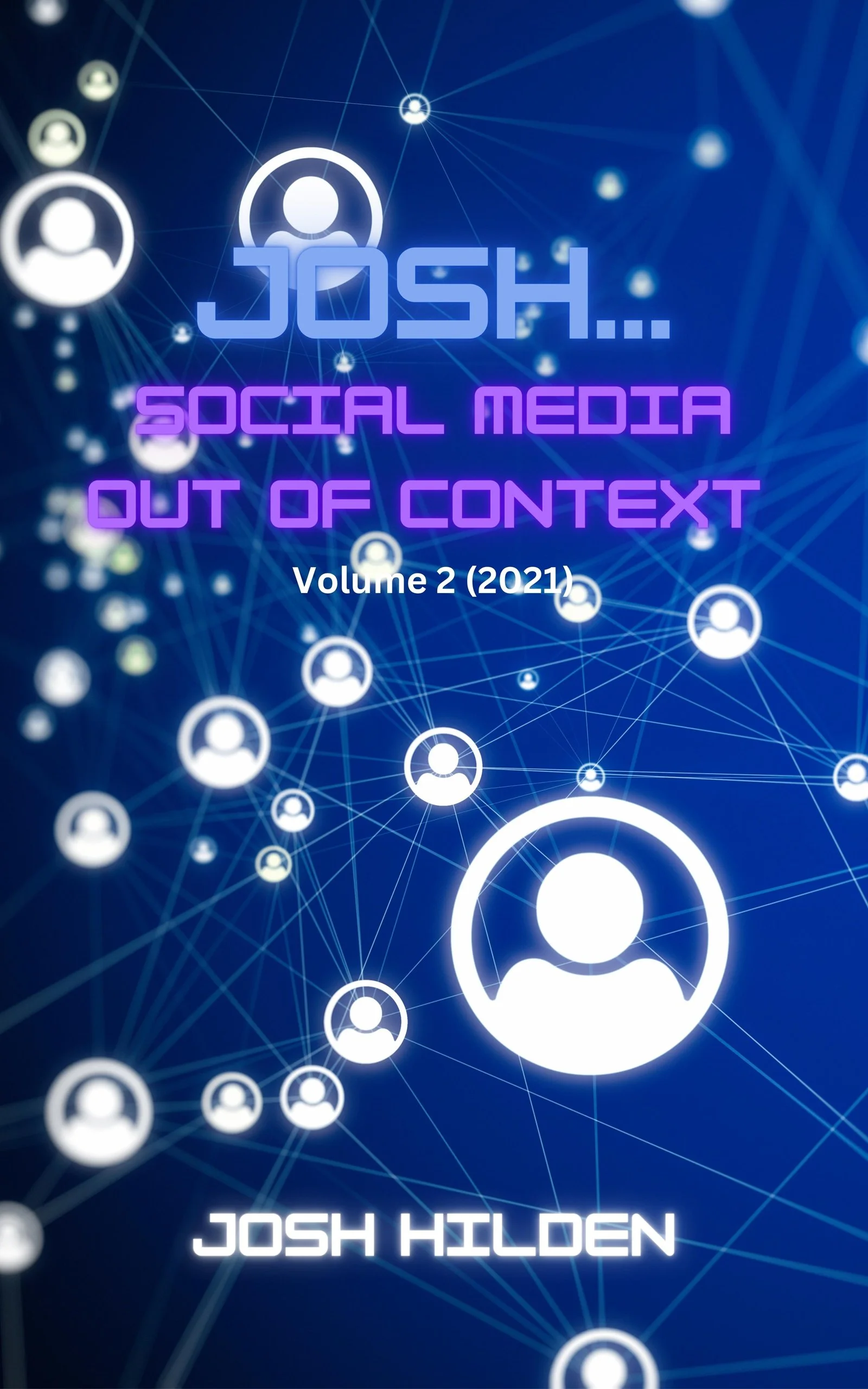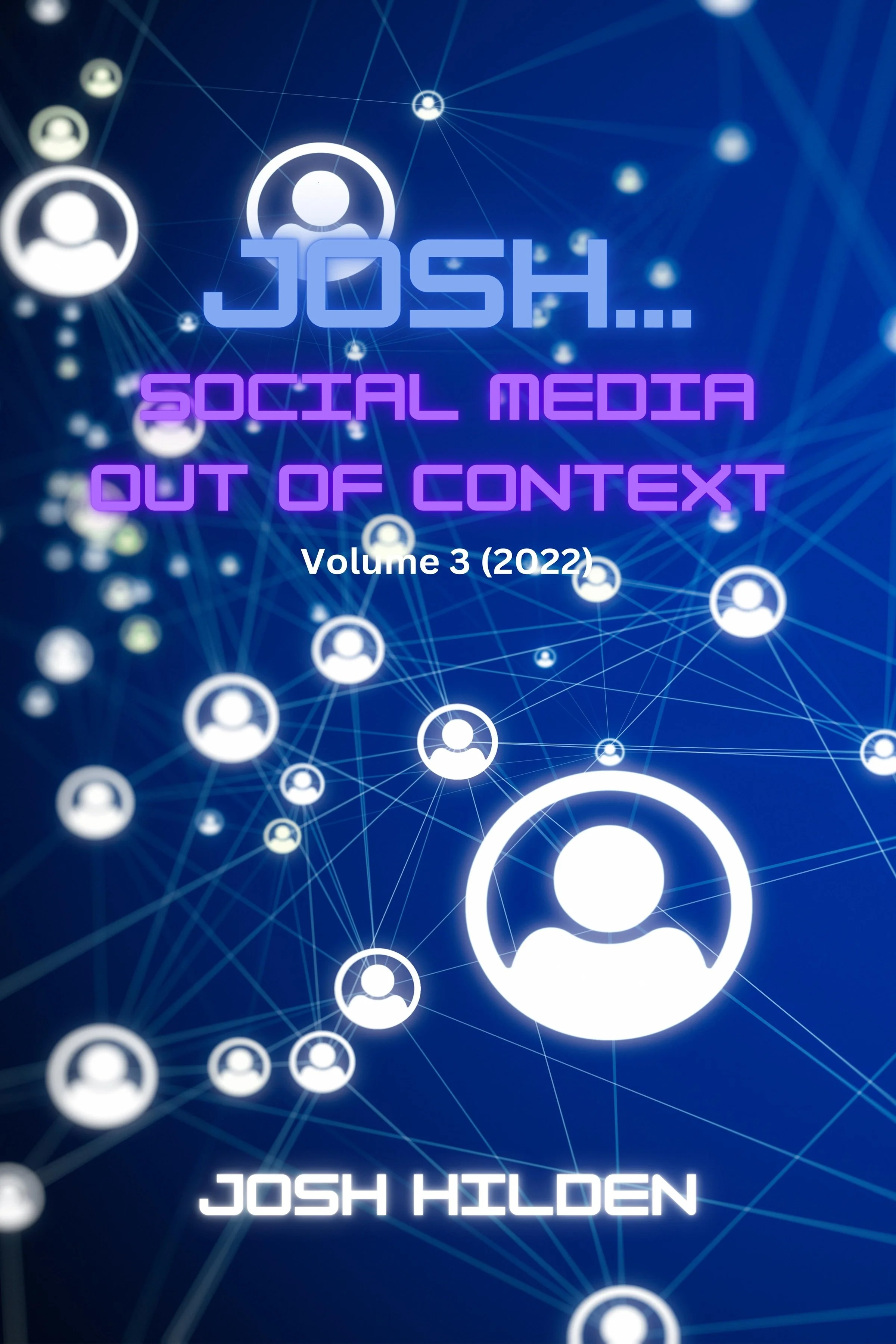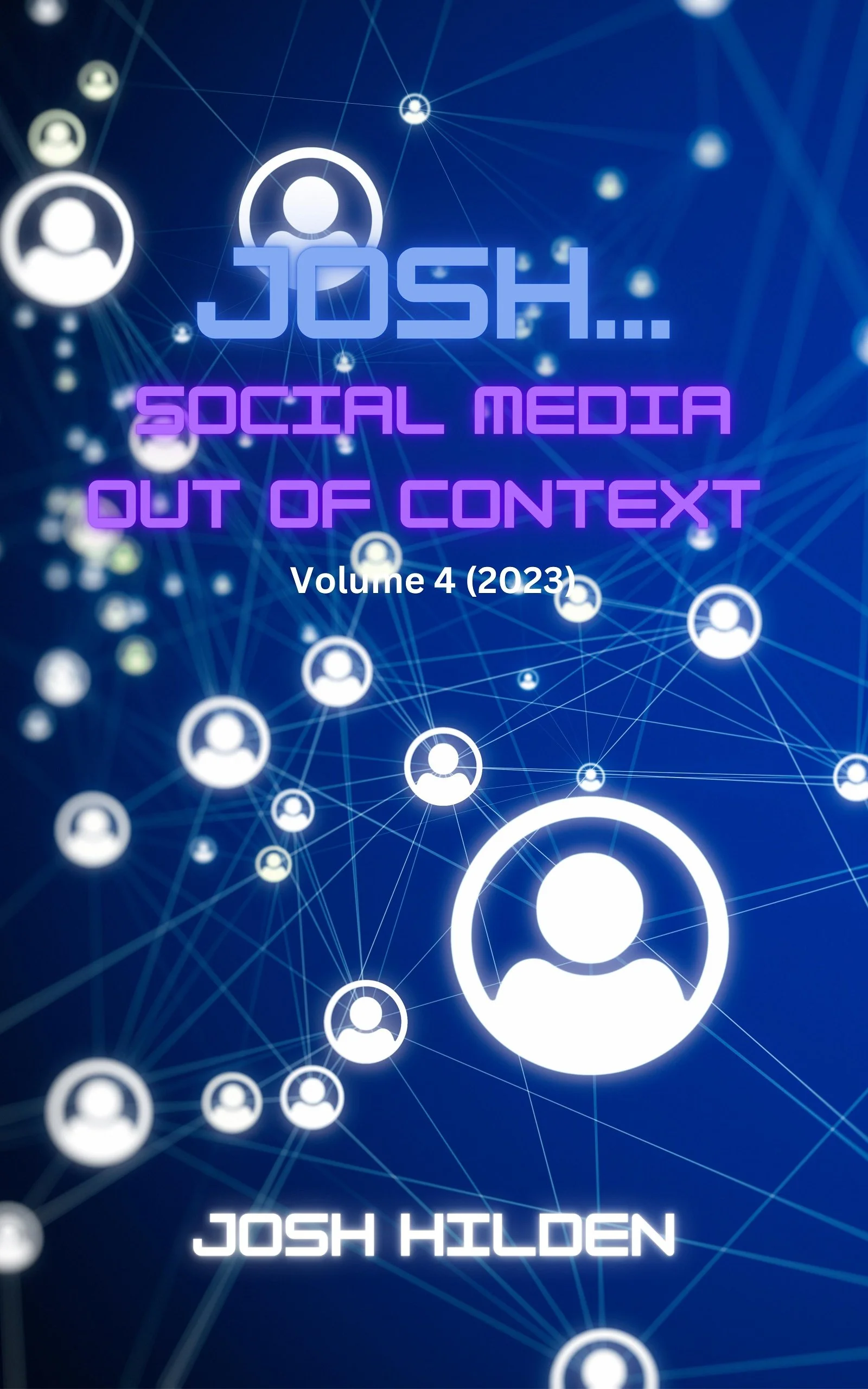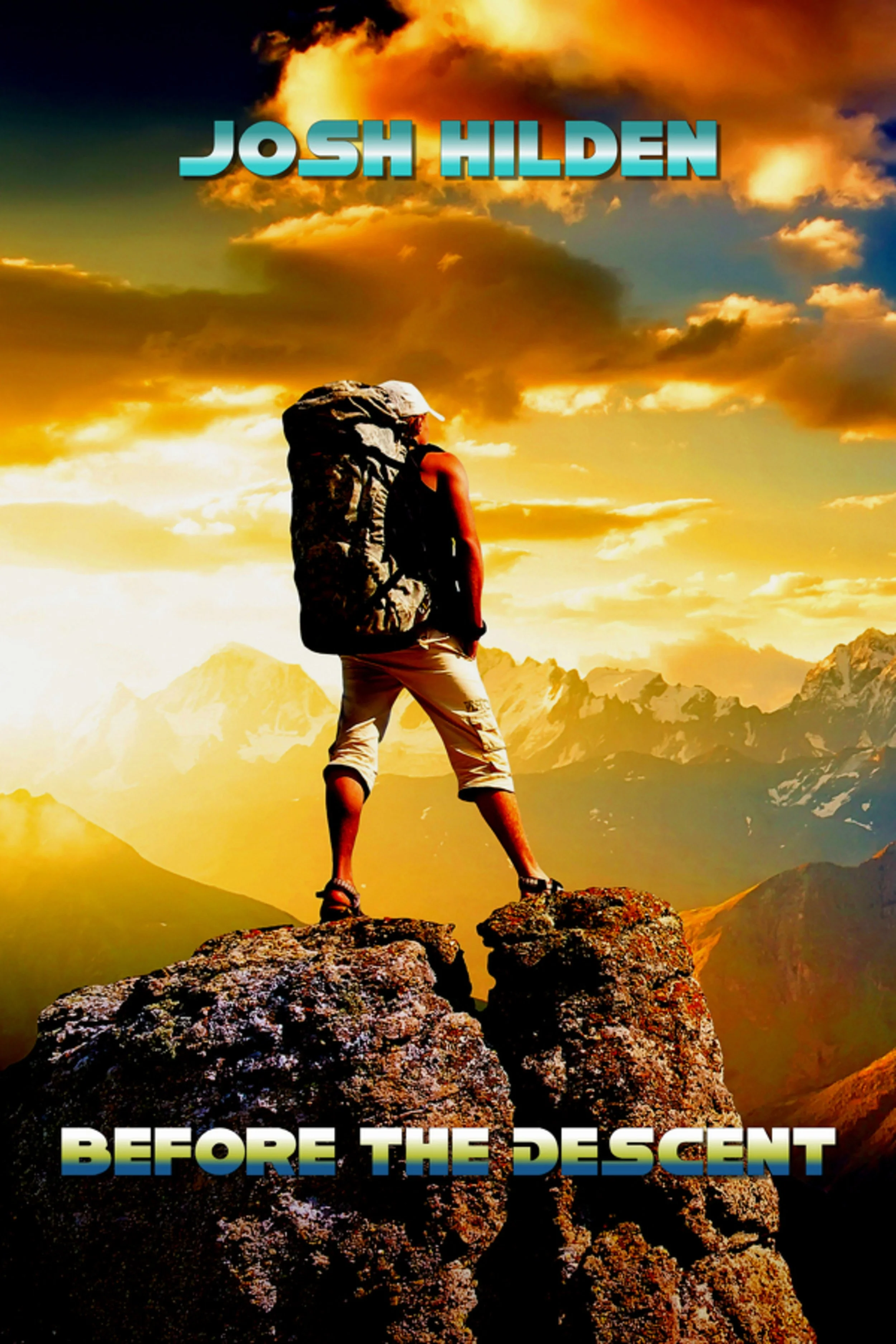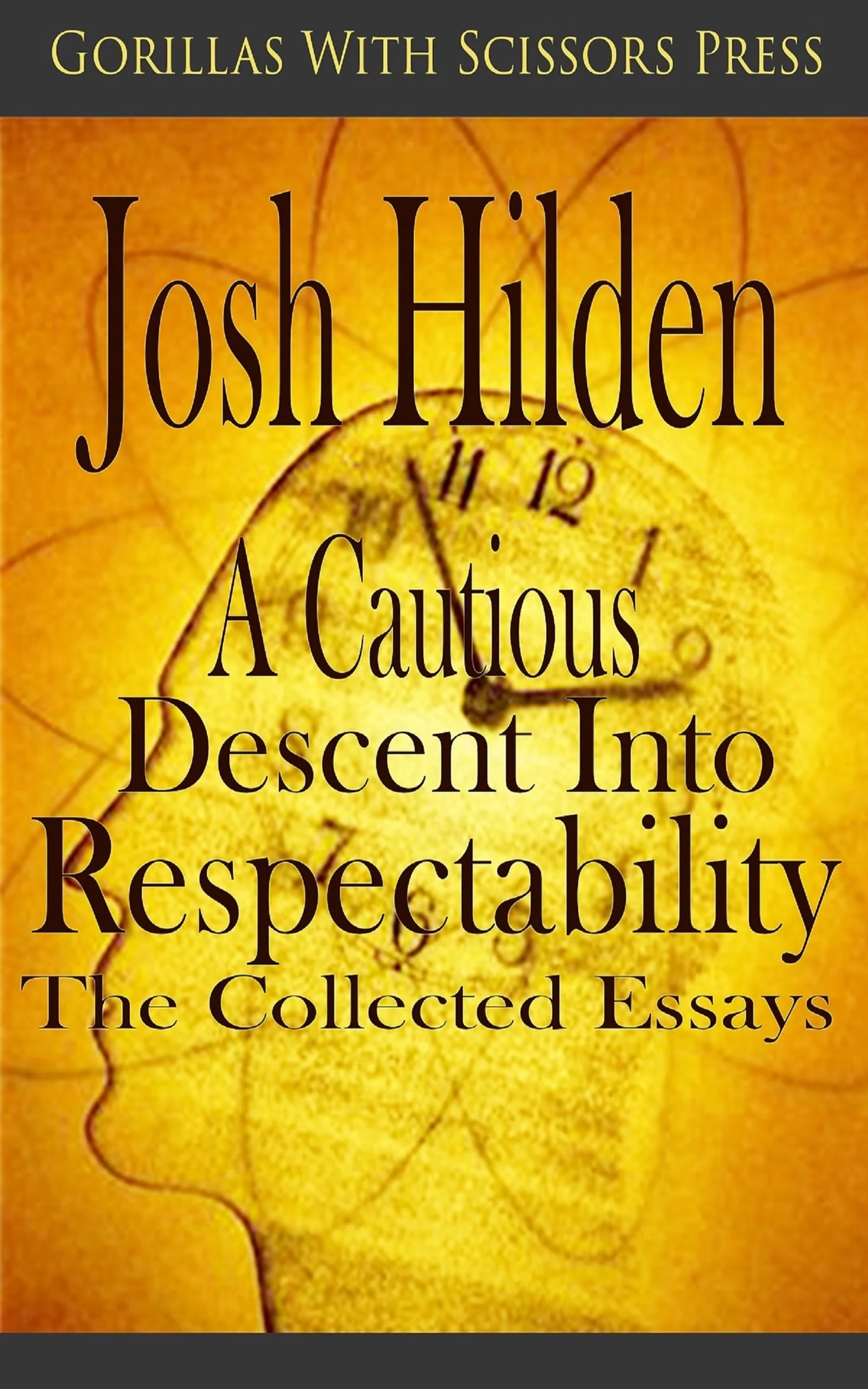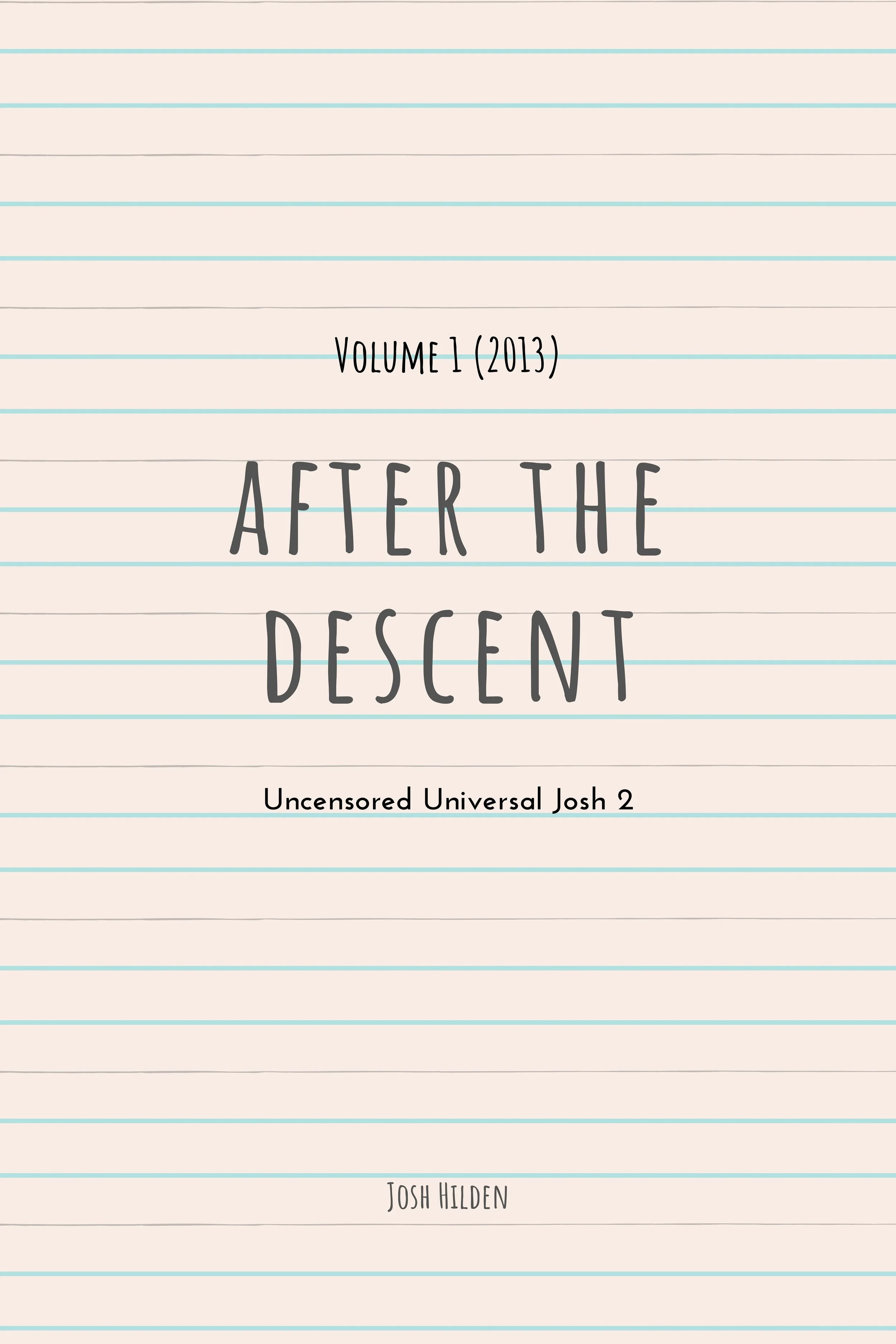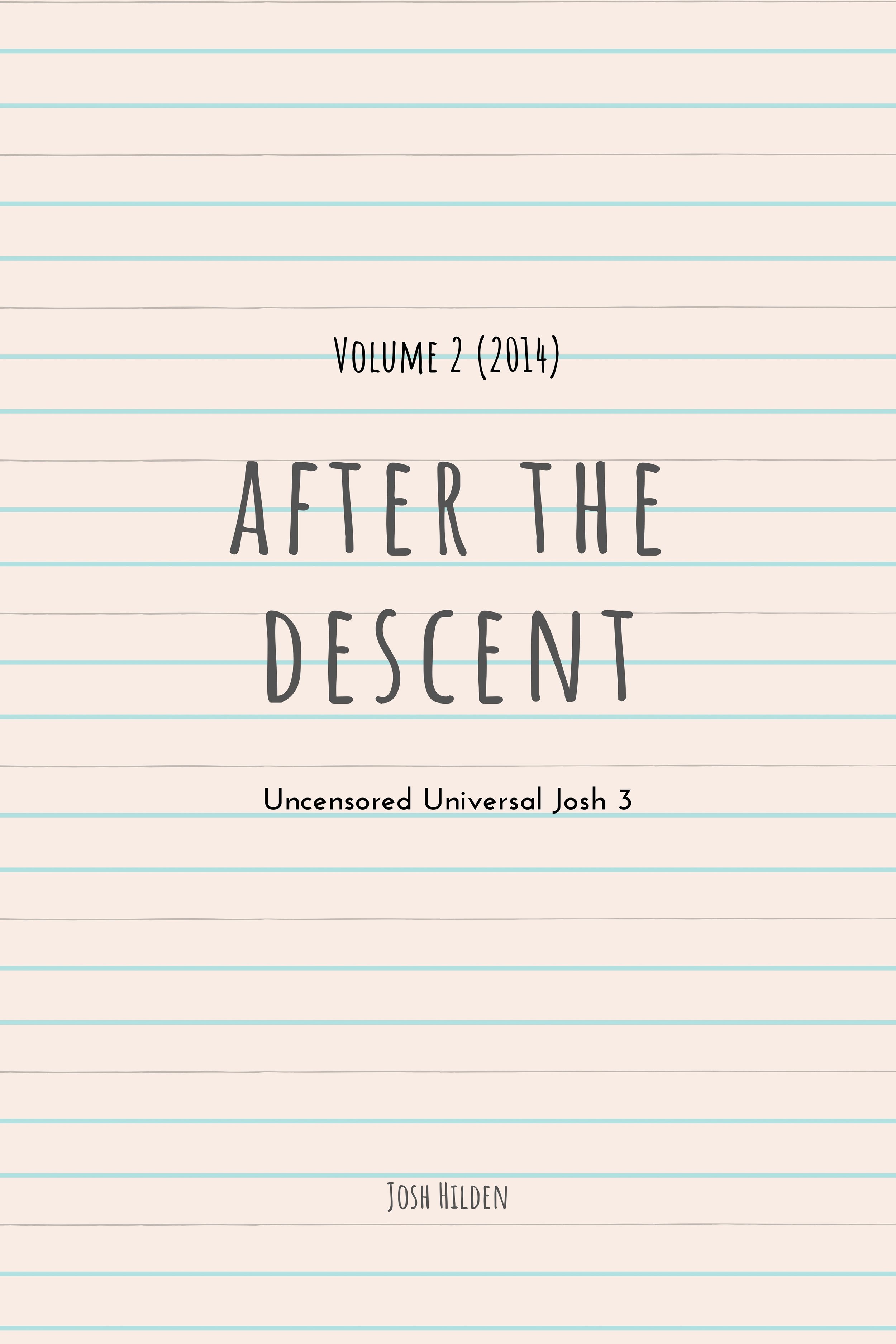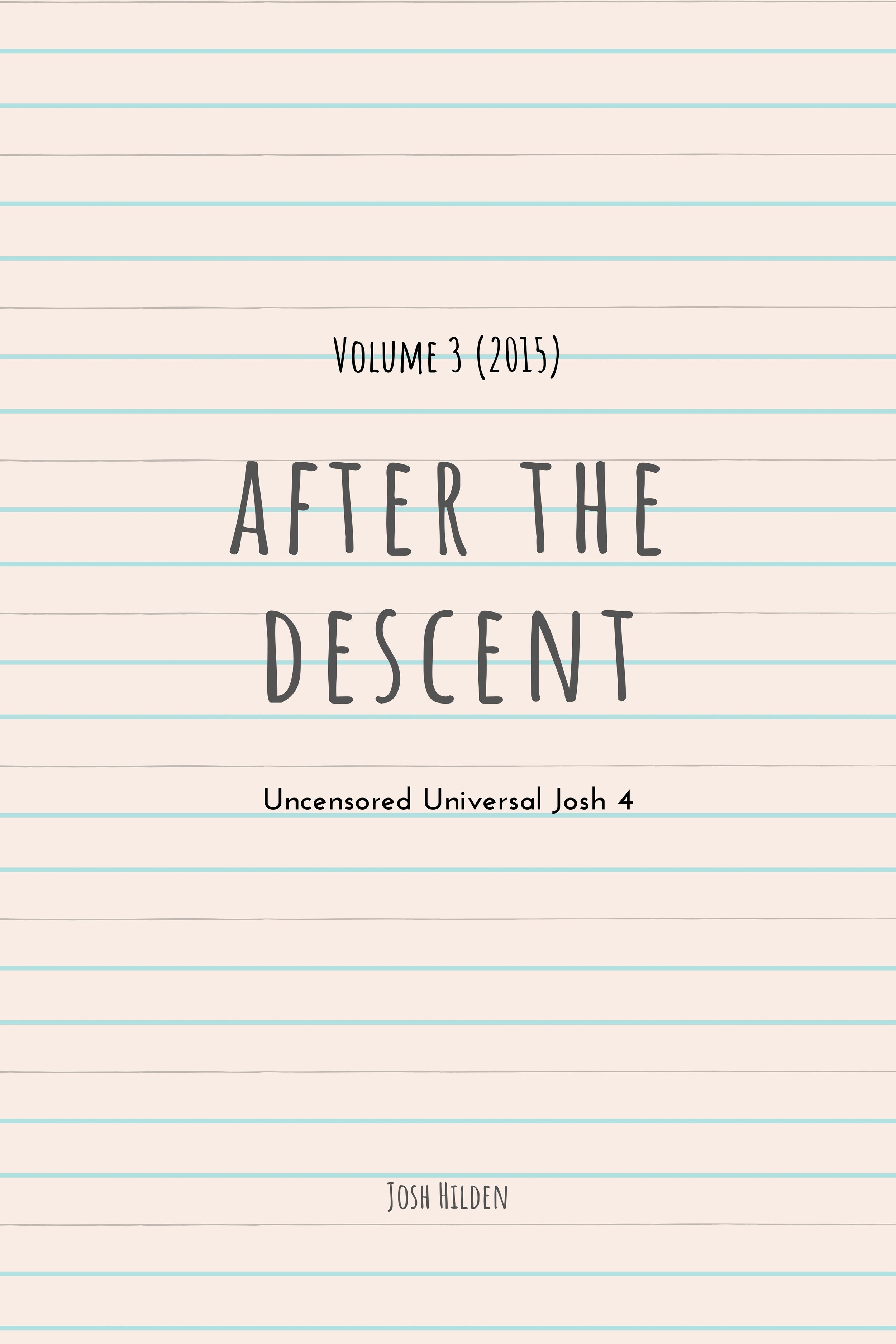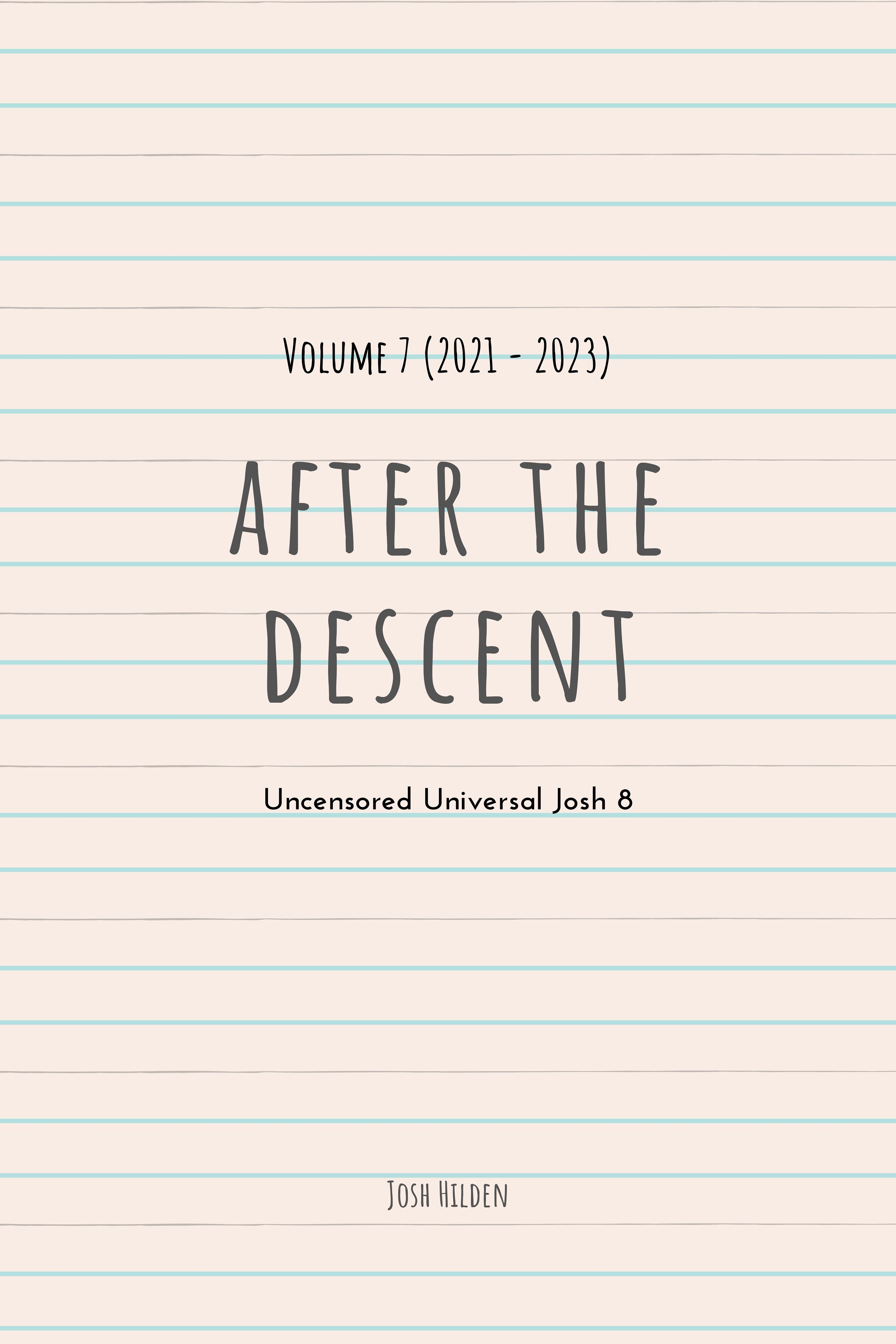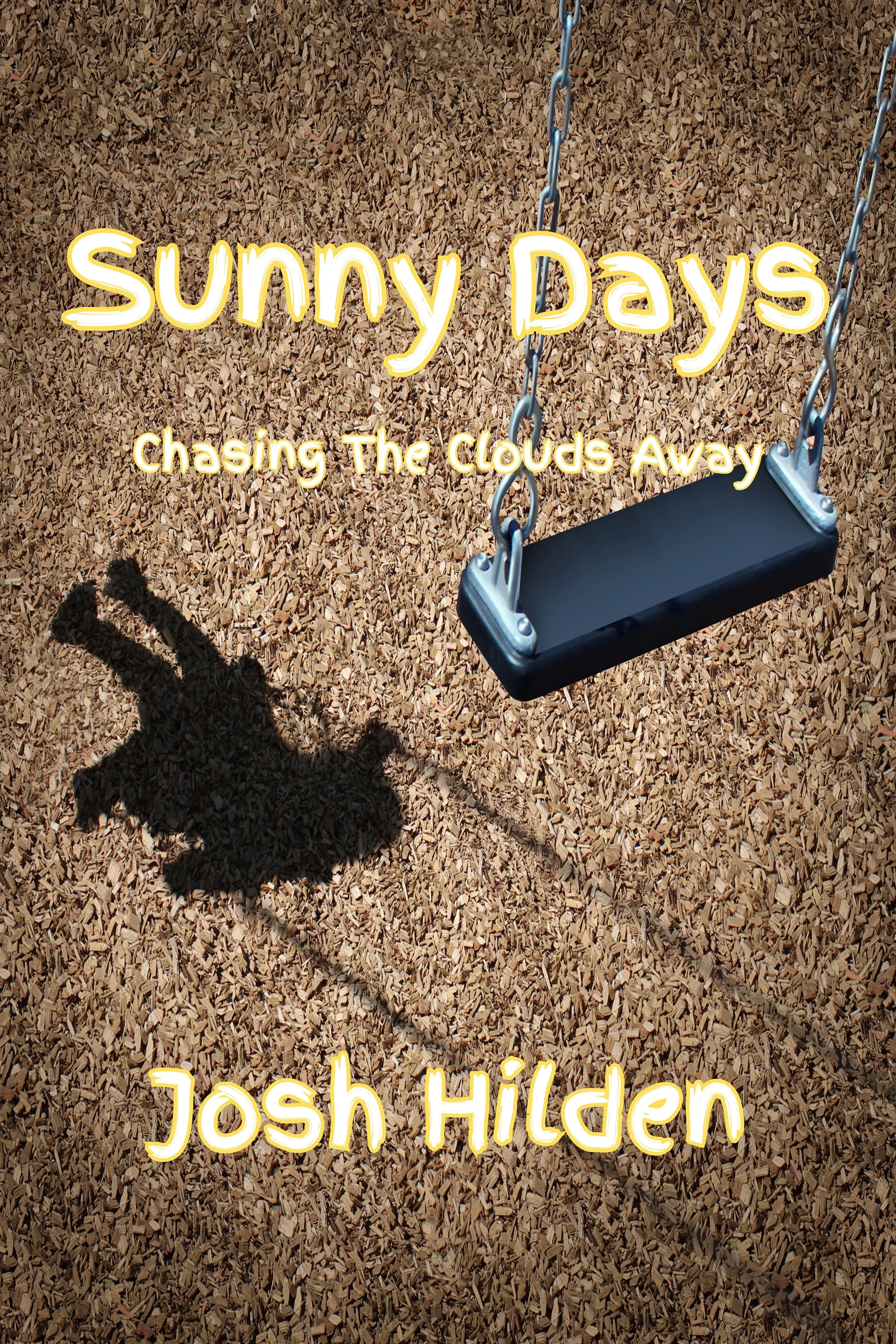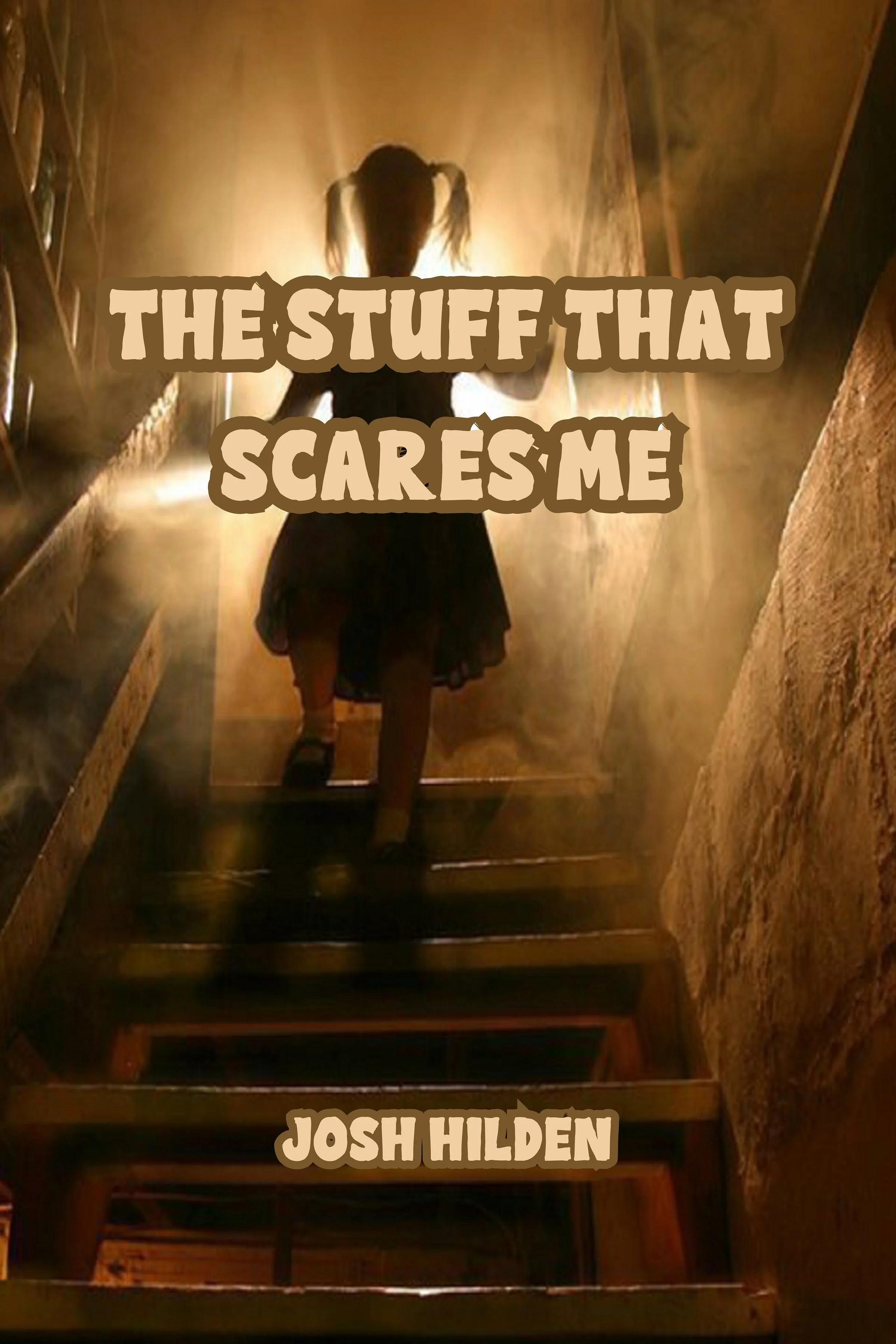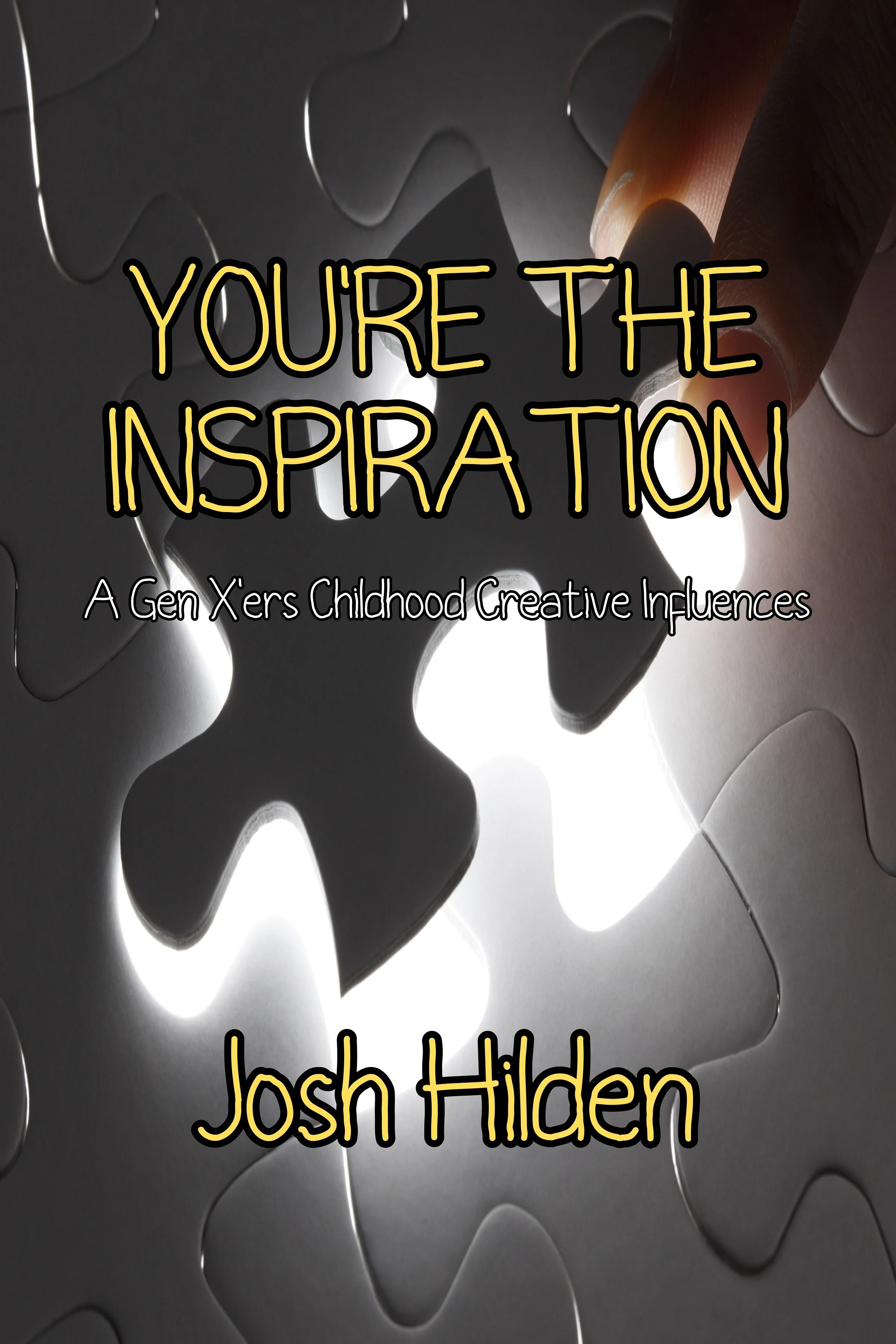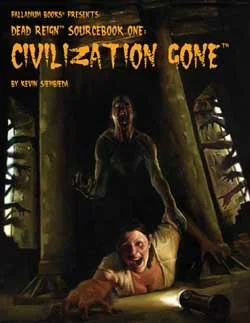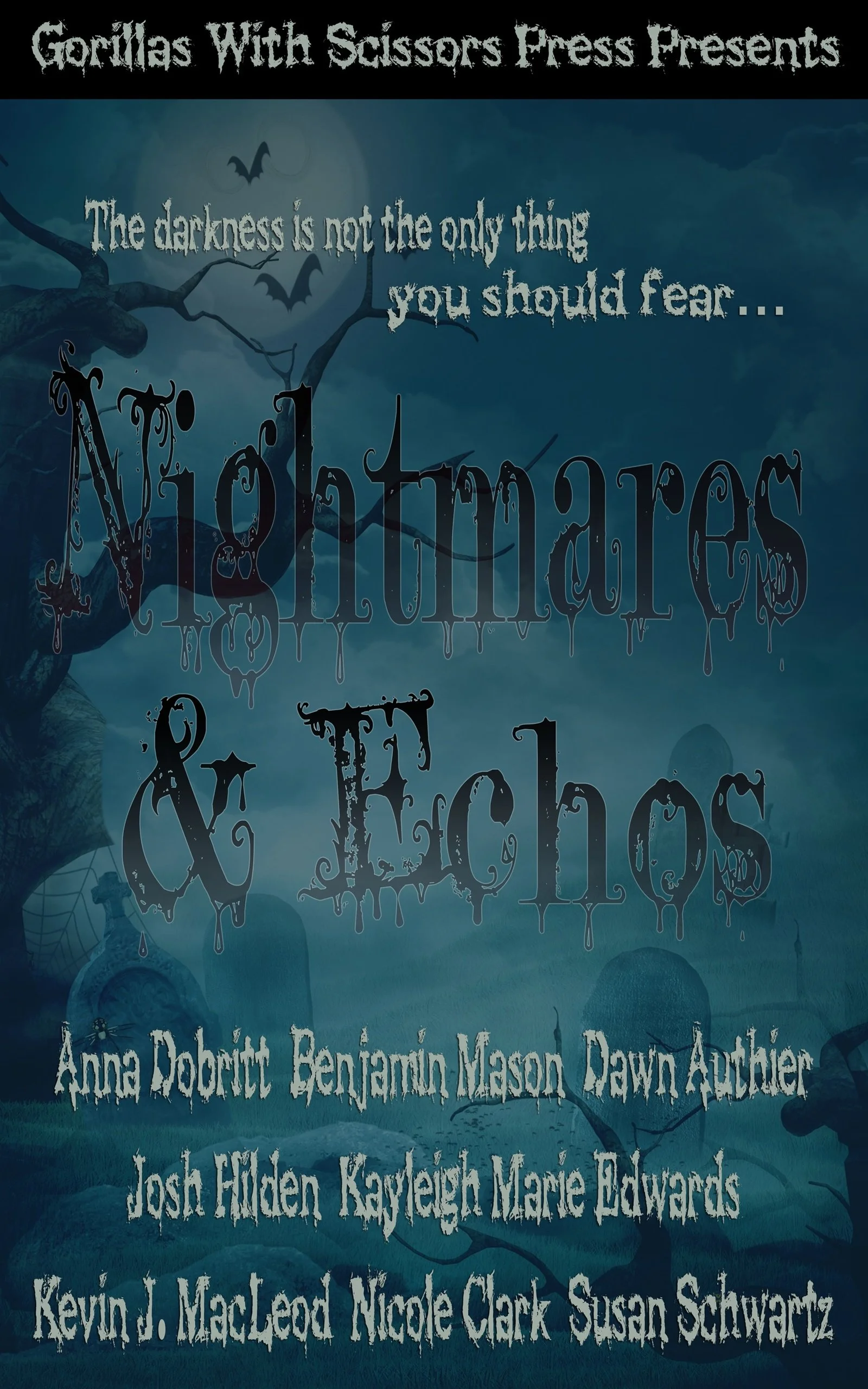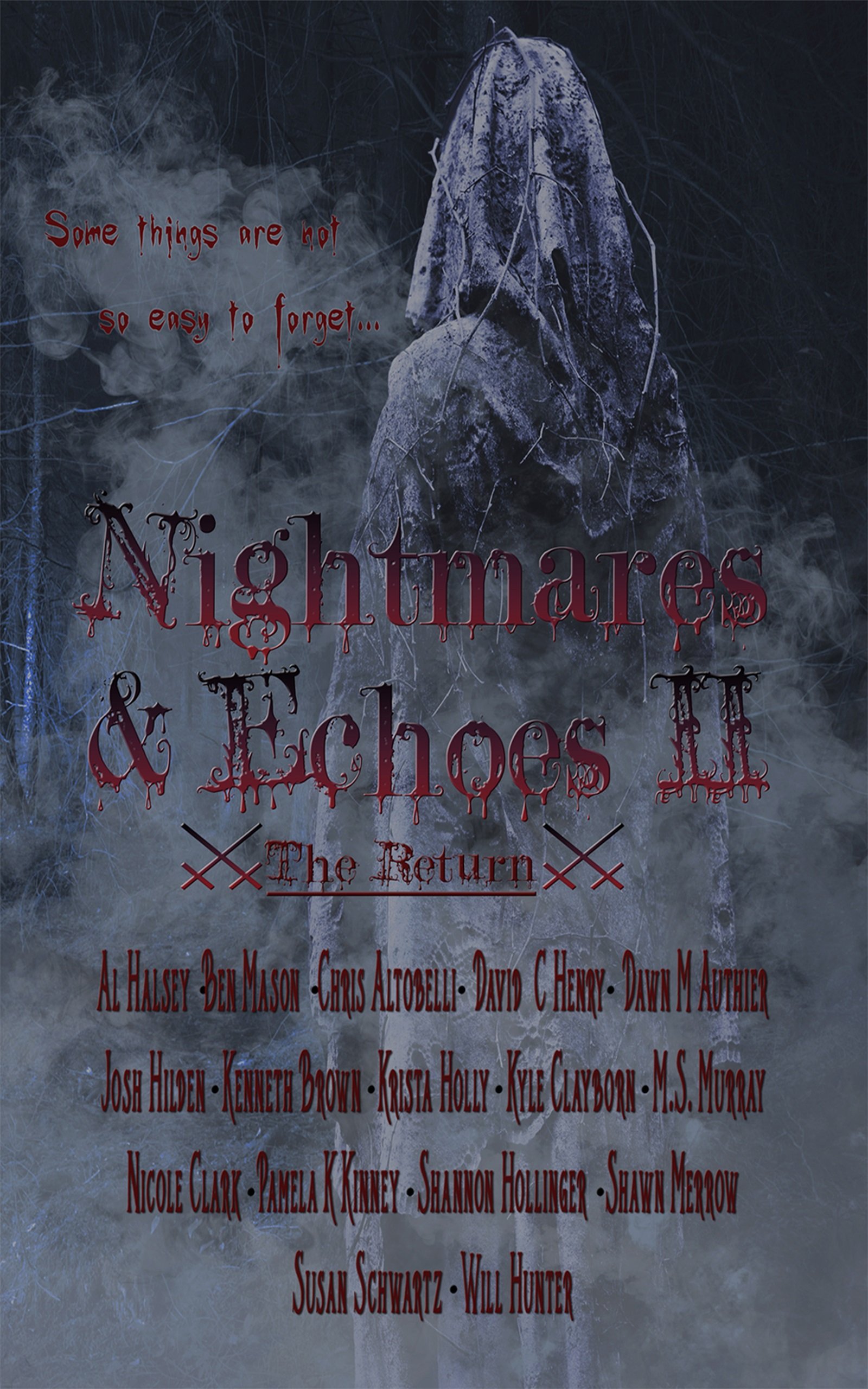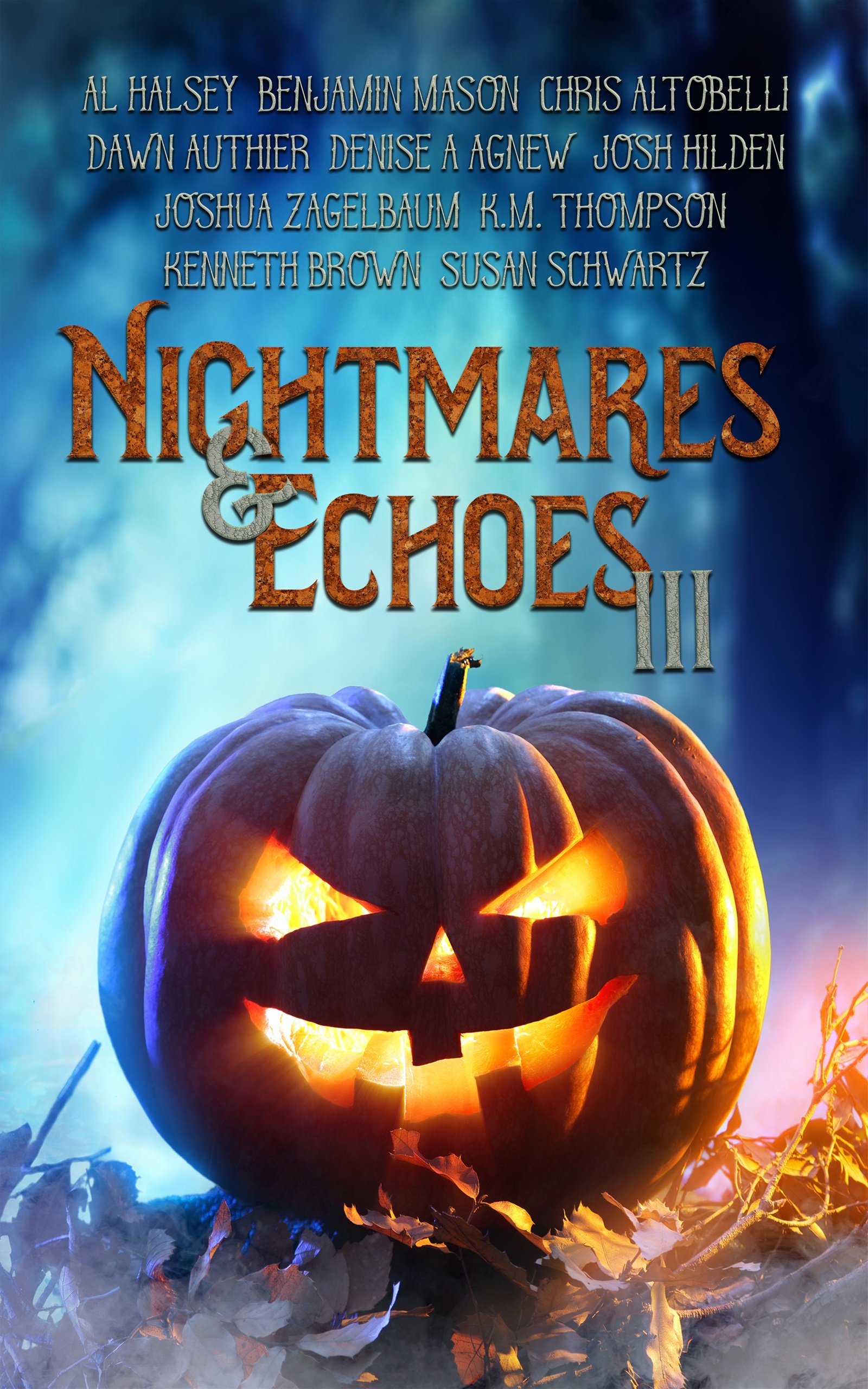My Top 10 Favorite Scary Movies Number 09: “The Day After”
/
How many of you reading my rambling bullshit remember the real fear of the Cold War? I’m sure many of you have either forgotten the reality of it or weren’t old enough when it was a going concern for it to imprint on your psyche. But if you do remember it then I don’t have to tell you just how much we thought our days were numbered and were convinced it would all end in fire. However, if you were born after the end of the cold war and the death of the USSR… why the fuck are you reading my essays?
Some of my earliest memories are of news stories about saber rattling between the super powers and threats of war. I’ve always been a news junkie and my great grandfather liked to encourage my love of current events. We’d sit and watch the news every day and I’d ask him about the different places and people involved in the stories. He’d laugh, tell me what he knew (usually in the cantankerous context of oldsters who lived through the great depression and referred to blacks as darkies but didn’t mean to be racist) and ask me what I thought.
Yeah, I’ve always been a giant dork.
I can’t tell you when I started to fear nuclear holocaust. I think most people of my generation were just born into a world where we accepted the commies were going to one day kill us all. My grandfather had his “Storm Shelter” in the back yard which in reality was the first bomb shelter I’d ever seen. So I think it’s safe to say I never knew not to be terrified of nuclear war and the end of the world.
However I can tell you when it became an all consuming terror.
In 1983, when I was in elementary school, ABC showed a movie that scared the seven year old piss out of me. The Day After was a realistic fictionalized scenario of global thermonuclear war. I remember seeing a story about it on one of the nighttime news magazine shows, I think it was 20/20 but I can’t be sure of that this many years removed from the incident, and being entranced. I think it was the next day that I asked my mom if I could watch it.
Something about my wonderfully weird mom before we continue on this adventure, bear with me it’s important. Mom let me watch almost anything I wanted. Did I want to see Bachelor Party so I could peep out some boobies? That was fine. Did I want to watch A Nightmare on Elm Street and laugh as Freddy Krueger sliced and diced his way through teenagers? Want to watch John Rambo blow people away? ABSOLUTELY NOT! Mom had a serious problem with what she considered “Real Violence”. By this she meant violence you could have a reasonable chance of encountering on the nightly news. I’m not sure how Sylvester Stallone blowing away small town hate filled cops with an M-60 counted as “Real Violence” and Jason Voorhees with his machete didn’t but that’s my mom and I love her. So when I asked about watching The Day After I received a resounding no… and much like with First Blood (still one of my favorite action movies ever) it only made me want to watch it more.
The movie aired on a school night and the next day it was the only thing people at school were talking about. I learned the plot and high points of the movie before the end of the bus ride to school and I returned home desperate to see it. Unfortunately it would be several months before I managed to pull that trick off.
For those of you born after 1994 you need to know a few things. Even though I lived in Detroit Metro we did not have cable TV, we didn’t have a VCR, and nobody outside of science fiction had ever conceived a TiVo. If I was going to see the movie I was going to have to rely on the kindness and willful ignorance of others.
My maternal grandfather, the bio one not the step one, was always at the top of the tech pyramid. He had the first VCR in the family, or at least the first one I can remember using. It was a top loading monster roughly the size and mass of a dwarf star. The thing was loud and generated enough heat to fry an egg… it was awesome. He was married to a lady other than my grandmother back then and her two sons (Bert and Ernie) were about my age and my constant companions.
I finally saw The Day After one weekend when I went to stay with them. We’d just finished a rousing game of guns, which meant we ran around in the dark screaming “I shot you” at the tops of our lungs, and were settling in for the night. Bert, the older of the two, slipped a cassette in the machine and we settled in to watch a movie. I expected an action movie or a comedy to play, secretly I was hoping to see boobs, but that was not what I got.
Less than two hours later I was scared out of my fat little head.
The Day After - (Wikipedia)
The Movie
The Day After is a 1983 American television film that aired on November 20, 1983, on the ABC television network. It was seen by more than 100 million people during its initial broadcast. It is currently the highest-rated television film in history.
The film postulates a fictional war between NATO forces and the Warsaw Pact that rapidly escalates into a full-scale nuclear exchange between the United States and the Soviet Union. However, the action itself focuses on the residents of Lawrence, Kansas, and Kansas City, Missouri, as well as several family farms situated next to nuclear missile silos.
The cast includes JoBeth Williams, Steve Guttenberg, John Cullum, Jason Robards, and John Lithgow. The film was written by Edward Hume, produced by Robert Papazian, and directed by Nicholas Meyer. It was released on DVD on May 18, 2004, by MGM.
Storyline
Background on the war
The chronology of the events leading up to the war is depicted entirely via television and radio news broadcasts. The Soviet Union is shown to have commenced a military buildup in East Germany (which the Soviets insist are Warsaw Pact exercises) with the goal of intimidating the United States into withdrawing from West Berlin. When the United States does not back down, Soviet armored divisions are sent to the border between West and East Germany.
During the late hours of Friday, September 15, news broadcasts report a "widespread rebellion among several divisions of the East German Army." As a result, the Soviets blockade West Berlin. Tensions mount and the United States issues an ultimatum that the Soviets stand down from the blockade by 6:00 a.m. the next day, or it will be interpreted as an act of war. The Soviets refuse, and the President of the United States orders all U.S. military forces around the world on alert.
On Saturday, September 16, NATO forces in West Germany invade East Germany through the Helmstedt checkpoint to free Berlin. The Soviets hold the Marienborn corridor and inflict heavy casualties on NATO troops. Two Soviet MiG-25s cross into West German airspace and bomb a NATO munitions storage facility, also striking a school and a hospital. A subsequent radio broadcast states that Moscow is being evacuated. At this point, major U.S. cities begin mass evacuations as well. There soon follow unconfirmed reports that nuclear weapons were used in Wiesbaden and Frankfurt. Meanwhile, in the Persian Gulf, naval warfare erupts, as radio reports tell of ship sinkings on both sides.
Eventually the Soviet Army reaches the Rhine. Seeking to prevent Soviet forces from invading France and causing the rest of Western Europe to fall, NATO halts the Soviet advance by air bursting three low-yield tactical nuclear weapons over advancing Soviet troops. Soviet forces counter by launching a nuclear strike on NATO headquarters in Brussels. In response, the United States Strategic Air Command begins scrambling B-52 bombers.
The Soviet Air Force then destroys a BMEWS station in RAF Fylingdales, England and another at Beale Air Force Base in California. Meanwhile, on board the EC-135 Looking Glass aircraft, the order comes in from the President of the United States for a full nuclear strike against the Soviet Union. Almost simultaneously, an Air Force officer receives a report that a massive Soviet nuclear assault against the United States has been launched, stating "32 targets in track, with 10 impacting points." Another airman receives a report that over 300 Soviet ICBMs are inbound. It is deliberately unclear in the film whether the Soviet Union or the United States launches the main nuclear attack first.
The first salvo of the Soviet nuclear attack on the central United States (as shown from the point of view of the residents of Kansas and western Missouri) occurs at 3:38 p.m. Central Daylight Time, when a large-yield nuclear weapon air bursts at high altitude over Kansas City, Missouri. This generates an electromagnetic pulse that shuts down the electric power grid of the surrounding area. Thirty seconds later, incoming Soviet ICBMs begin to hit military and population targets, including Kansas City. Sedalia, Missouri and all the way south to El Dorado Springs is blanketed with ground burst nuclear weapons. While the story provides no specifics, it strongly suggests that America's cities and military and industrial base are heavily damaged or destroyed. The aftermath depicts the central United States as a blackened wasteland of burned-out cities filled with burn, blast, and radiation victims. Eventually, the U.S. President delivers a radio address in which he declares that there is now a ceasefire between the United States and the Soviet Union, which has suffered similar damage, and states that there has not been and will not ever be any surrender by the United States.
Plot
The story follows several citizens and those they encounter after a nuclear attack on Lawrence, Kansas and Kansas City, Missouri. The narrative structure of the film is presented as a before and after scenario with the first half introducing the various characters and their stories. The middle portion of the film shows the nuclear disaster itself, and the latter half details the effects of the fallout on the characters.
Dr. Russell Oakes (Jason Robards) lives in the upper-class Brookside neighborhood with his wife (Georgann Johnson) and works in a hospital in downtown Kansas City. He is scheduled to teach a hematology class at the University of Kansas (KU) hospital in nearby Lawrence, Kansas, and is en route when he hears an alarming Emergency Broadcast System alert on his car radio. He exits the crowded freeway and attempts to contact his wife, but gives up due to the incredibly long line at a phone booth. Oakes attempts to return to his home via I-70 and is the only eastbound motorist. The nuclear attack begins and Kansas City is gripped with panic as air raid sirens wail. Oakes' car is permanently disabled by the electromagnetic pulse from the first high altitude detonation, as are all motor vehicles and electricity. Oakes is about 30 miles (48 km) away from downtown when the missiles hit. His family, many colleagues, and almost all of Kansas City's population are killed. He walks 10 miles (16 km) to Lawrence, which has been severely damaged from the blasts, and, at the university hospital, treats the wounded with Dr. Sam Hachiya (Calvin Jung) and Nurse Nancy Bauer (JoBeth Williams). Also at the university, science Professor Joe Huxley (John Lithgow) and students use a Geiger counter to monitor the level of nuclear fallout outside. They build a makeshift radio to maintain contact with Dr. Oakes at the hospital, as well as to locate any other broadcasting survivors outside the city.
Billy McCoy (William Allen Young) is an Airman First Class in the United States Air Force stationed at Whiteman AFB near Kansas City, and is called to duty during the DEFCON 2 alert. As a missile repair technician at a silo, he is among the first to witness the initial missile launches, indicating full-scale nuclear war. After it becomes clear that a Soviet counterstrike is imminent, the soldiers panic. Several airmen stubbornly insist that they should stay at their post on duty and take shelter in the silo, while others, including McCoy, point out that it is futile because the silo will not withstand a direct hit. McCoy tells them they have done their jobs and speeds away in an Air force truck to retrieve his wife and child in Sedalia, but the truck is permanently disabled and stalls from the EMP effect of the first high altitude detonation. Realizing what has happened, McCoy abandons the truck and takes shelter inside an overturned semi truck trailer, barely escaping the oncoming nuclear blast. After the attack, McCoy walks towards a town and finds an abandoned store, where he takes candy bars and other provisions, while gunfire is heard in the distance. While standing in line for a drink of water from a well pump, McCoy befriends a man who is mute, and shares his provisions. McCoy asks another man, who is walking along the road with other injured survivors, what happened to Sedalia, and the man indicates that Sedalia no longer exists. As they both begin to suffer the effects of radiation sickness, they leave a refugee camp and head to the hospital at Lawrence, where McCoy ultimately succumbs to the radiation effects.
Farmer Jim Dahlberg (John Cullum) and his family live in rural Harrisonville, Missouri, far from Kansas City but very close to a field of missile silos. While the family is preparing for the wedding of their eldest daughter, Denise, to KU senior Bruce Gallatin, Jim is forced to prepare for the impending attack by converting their basement into a makeshift fallout shelter. As the missiles are launched, he forcefully carries his wife Eve (Bibi Besch), who refuses to accept the reality of the escalating crisis while continuing the wedding preparations, downstairs into the basement from their bedroom. While running to the shelter, the Dahlberg's son, Danny, inadvertently stared directly at a nuclear explosion and was flash-blinded. A KU student, Stephen Klein (Steve Guttenberg), while hitchhiking home to Joplin, Missouri, stumbles upon the farm and is taken in by the Dahlbergs. After several days in the basement since the nuclear holocaust took place, Denise, distraught over the situation and the unknown whereabouts of Bruce, who, unbeknownst to her, was killed in the attack, escapes from the basement and runs about the field which is covered in radioactive fallout and cluttered with dead animals. Klein goes after her, attempting to warn her about the effects of the nuclear radiation that still lurks around. Eventually, Klein is able to chase Denise back to safety into the basement, but not before Denise runs to the stairs to find her wedding dress. Denise slowly develops radiation sickness and, during a makeshift church service, she begins hemorrhaging, while the minister tries to express how lucky they are to have survived and a Presidential address remarks that there is a ceasefire between the United States and the Soviet Union, which has suffered similar damage, and states that there has not been and will not ever be any surrender by the United States. Klein takes Danny and Denise to Lawrence for treatment. Dr. Hachiya unsuccessfully attempts to treat Danny, and Klein also develops radiation sickness. Dahlberg, upon returning from an emergency farmers meeting, confronts a group of survivors squatting on the farm and is shot and killed.
Ultimately, the overall situation at the hospital becomes grim. Dr. Oakes collapses from exhaustion and, upon awakening several days later, finds out that Nurse Bauer has died from meningitis. Oakes, suffering from terminal radiation sickness, decides to return to Kansas City to see his home for the last time, while Dr. Hachiya stays behind. Oakes hitches a ride on a Army National Guard truck, where he witnesses military personnel blindfolding and executing looters. After somehow managing to locate where his home was, he finds the charred remains of his wife's wristwatch and a family huddled in the ruins. Oakes angrily orders them to leave his home. The family silently offers Oakes food, causing him to collapse in despair, as a member of the family comforts him.
As the scene fades to black, Professor Huxley calls into his makeshift radio: "Hello? Is anybody there? Anybody at all?".
I think it’s safe to say The Day After had as large of an influence on me as writer as George Romero movies and Star Trek. Ever since experiencing this movie I’ve been obsessed with images of destroyed cities and the idea of the lengths people will go to in order to survive. After the terror I felt in the wake of The Day After I sought out everything post apocalyptic I could get my hands on, this is a habit I’ve kept to this very day.
Is The Day After a good Movie?
I guess for anti war propaganda it’s not bad, it did the job it was made to do and in that framework it’s decent. But in reality The Day After does not hold up, there are better post apocalyptic movies (I’m looking at you The Road) but that doesn’t matter. The Day After is burned into my mind and images from it find their way into my nightmares and writing till this very day.
- Josh
